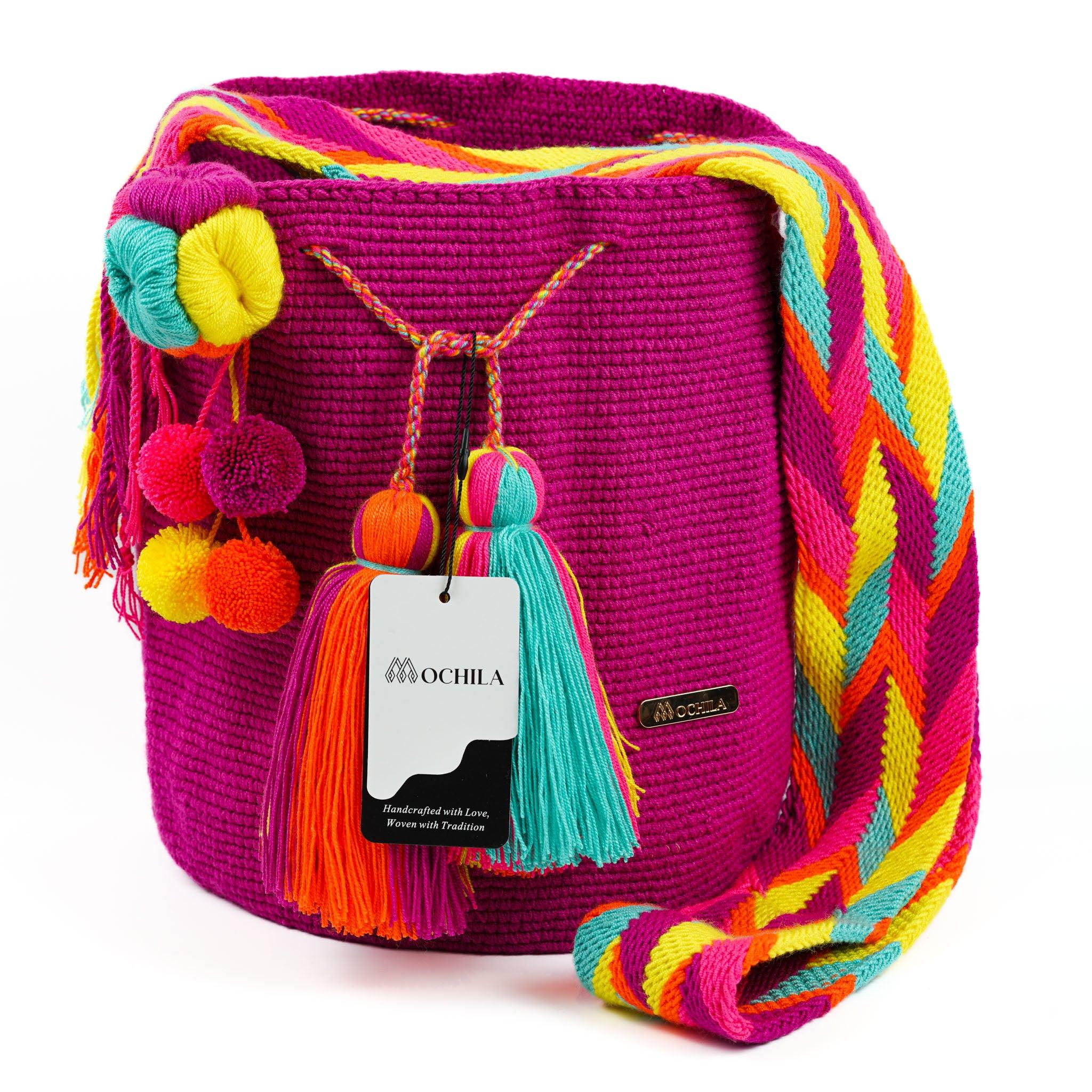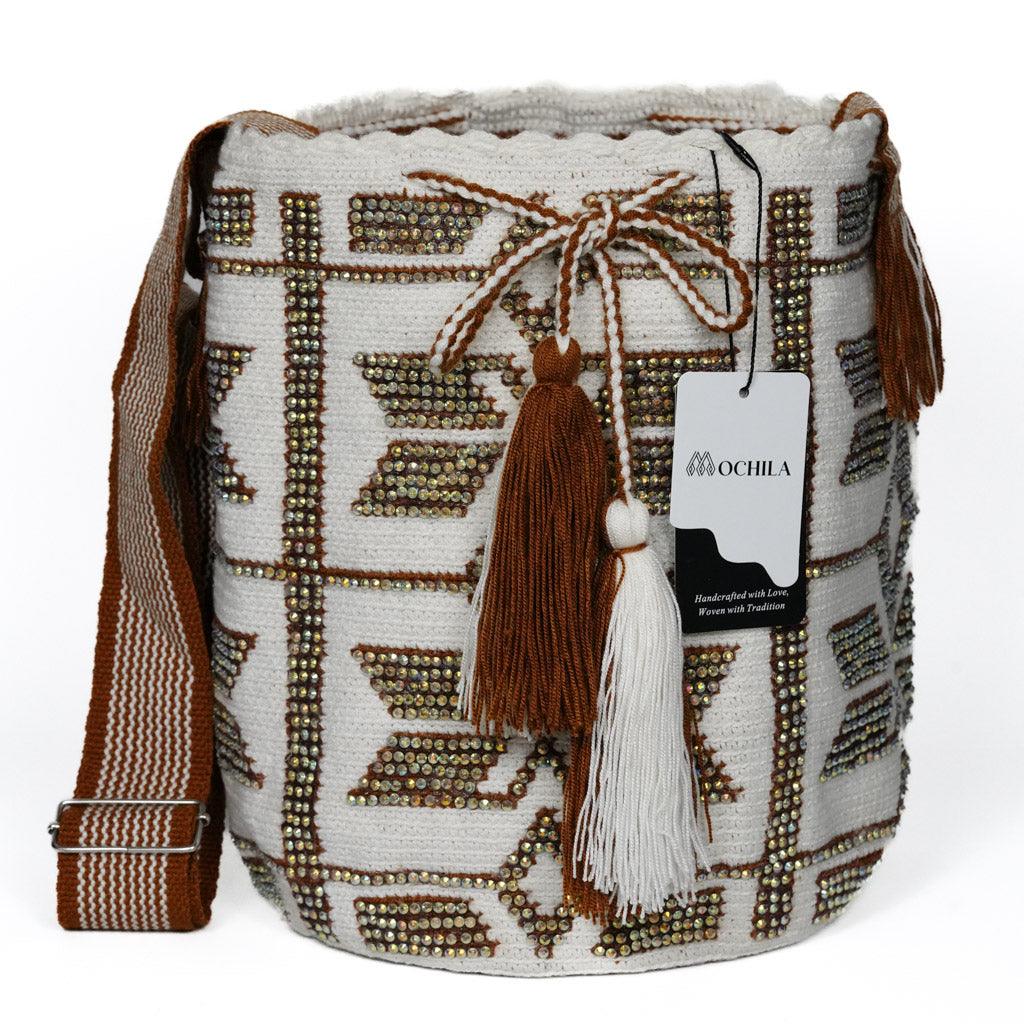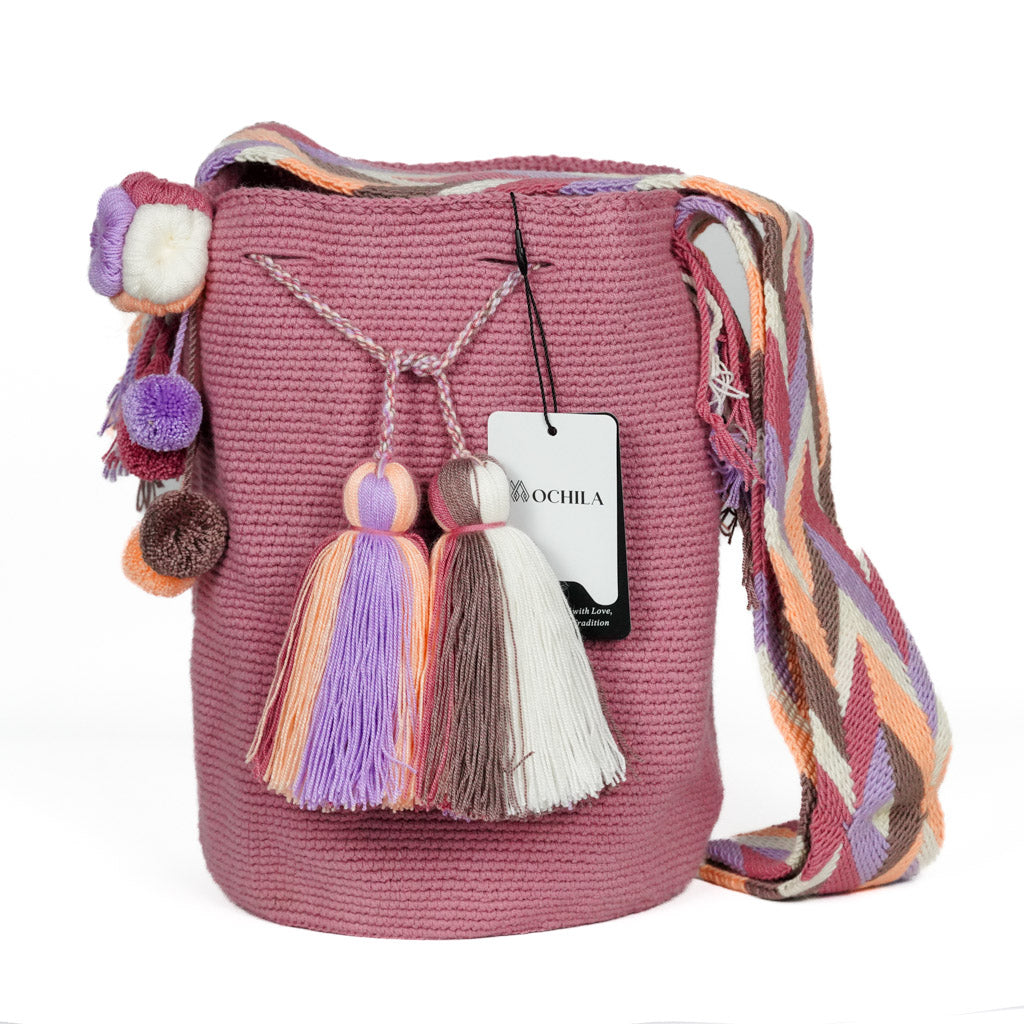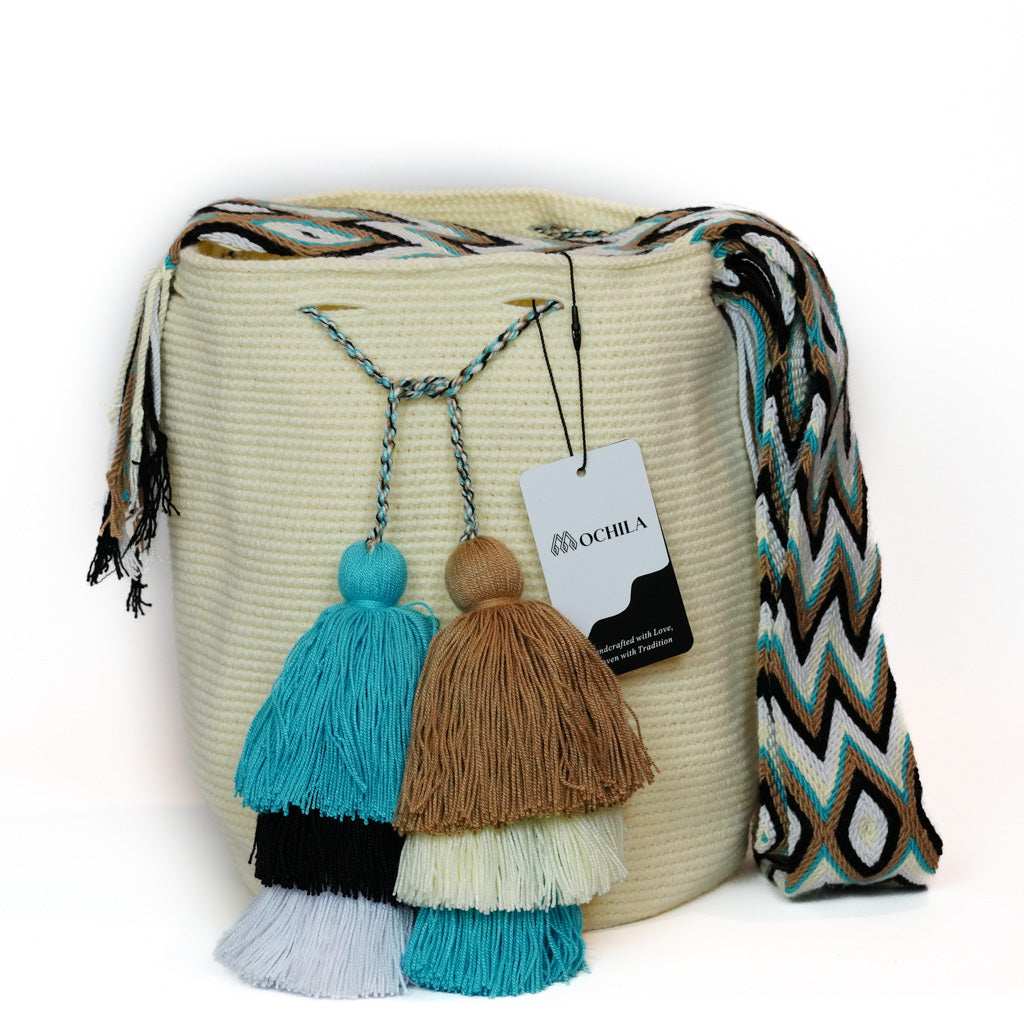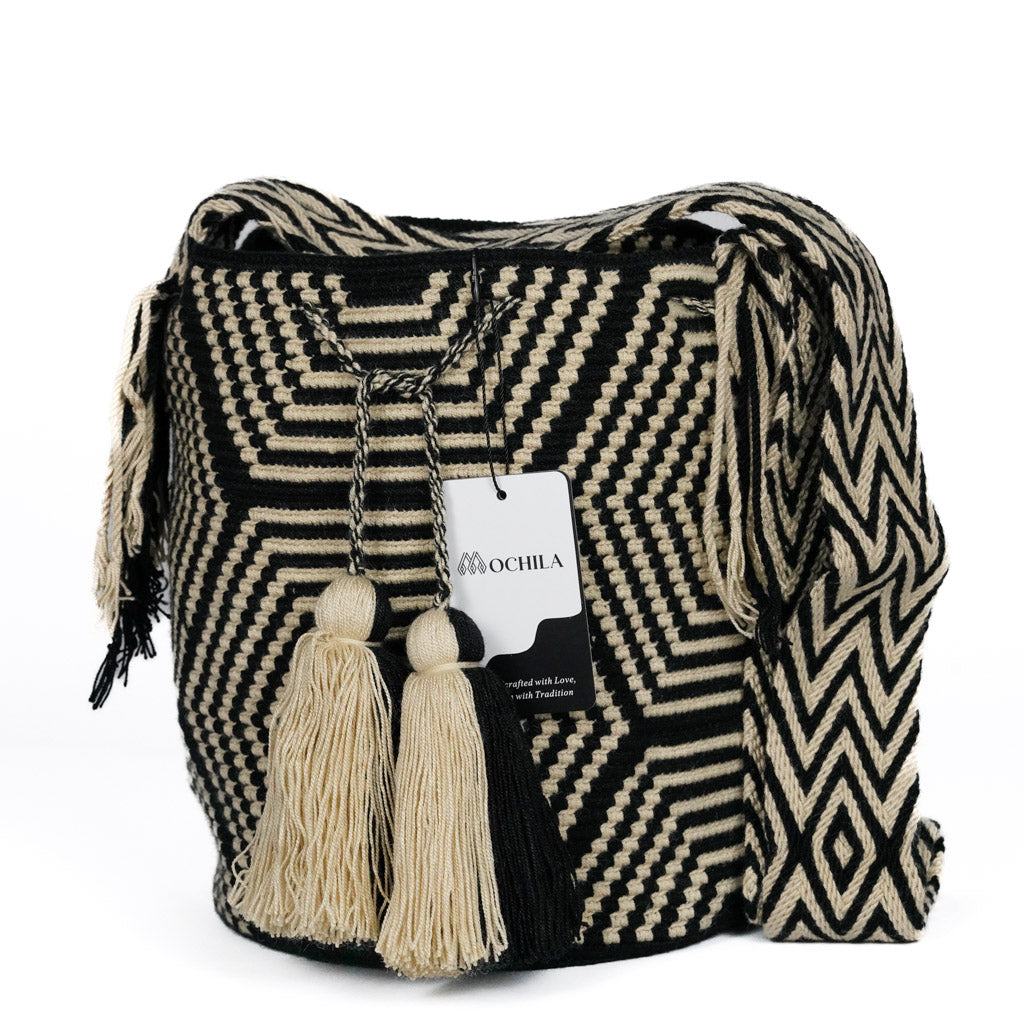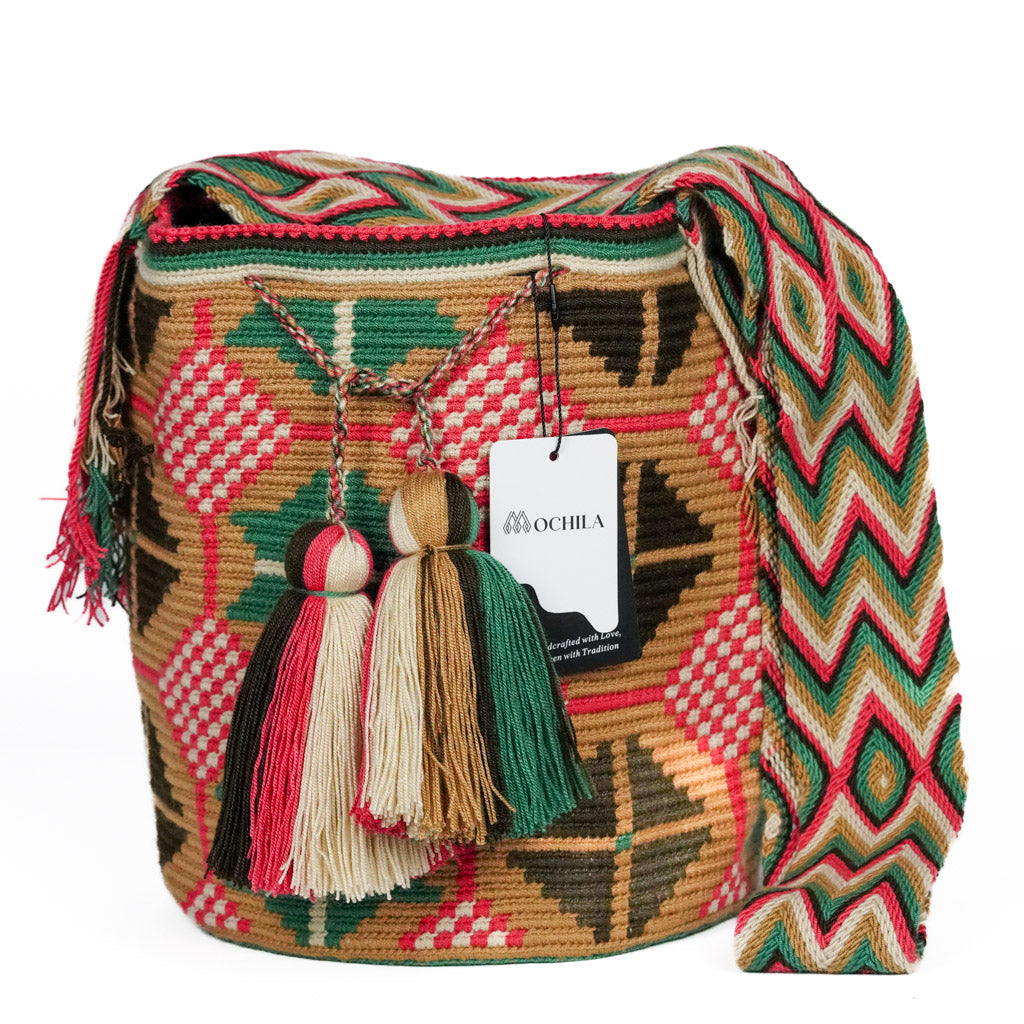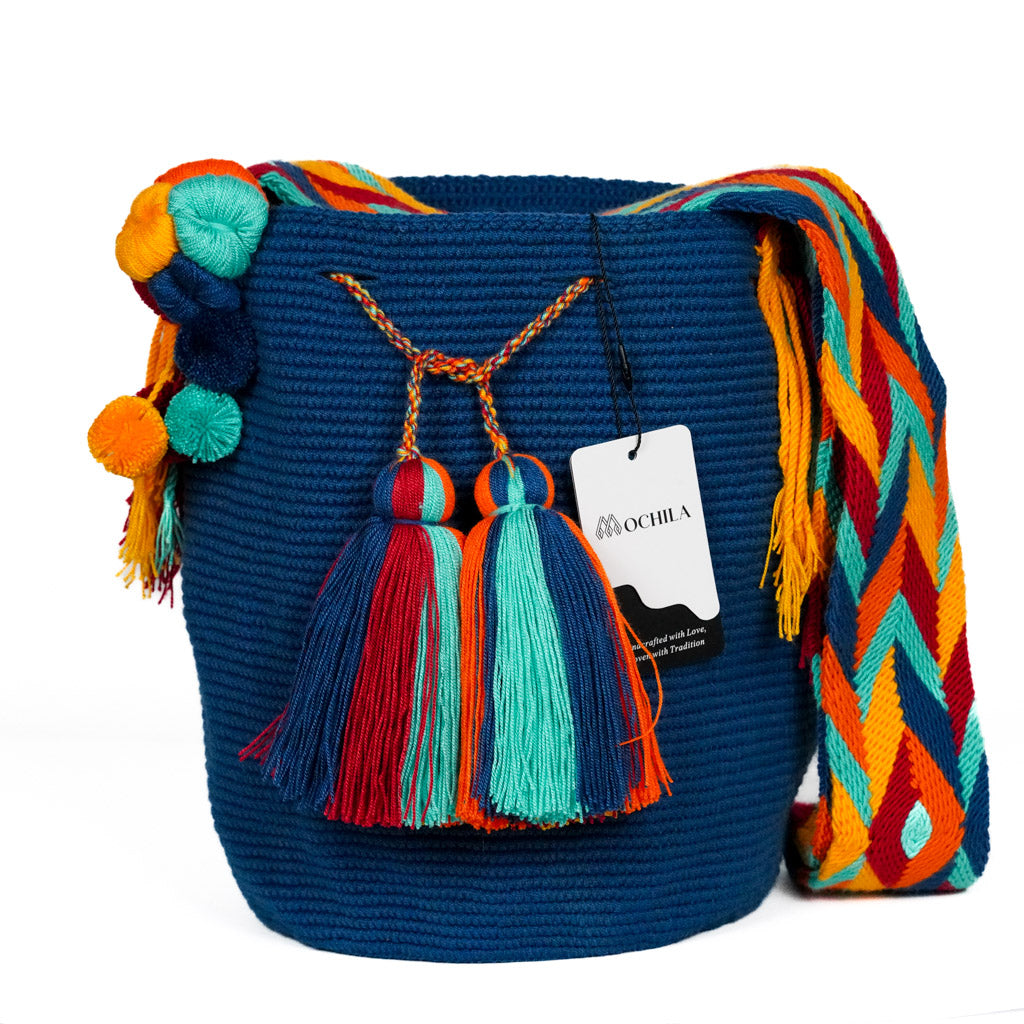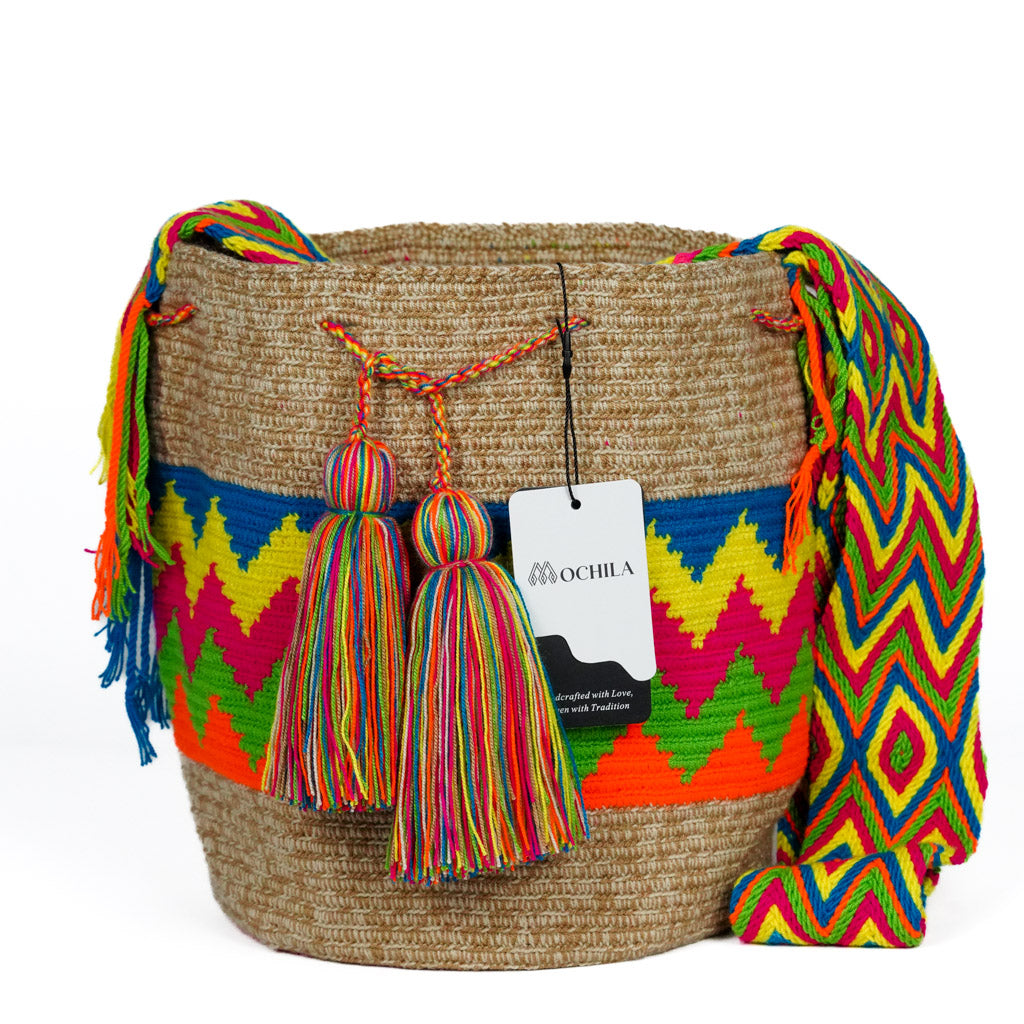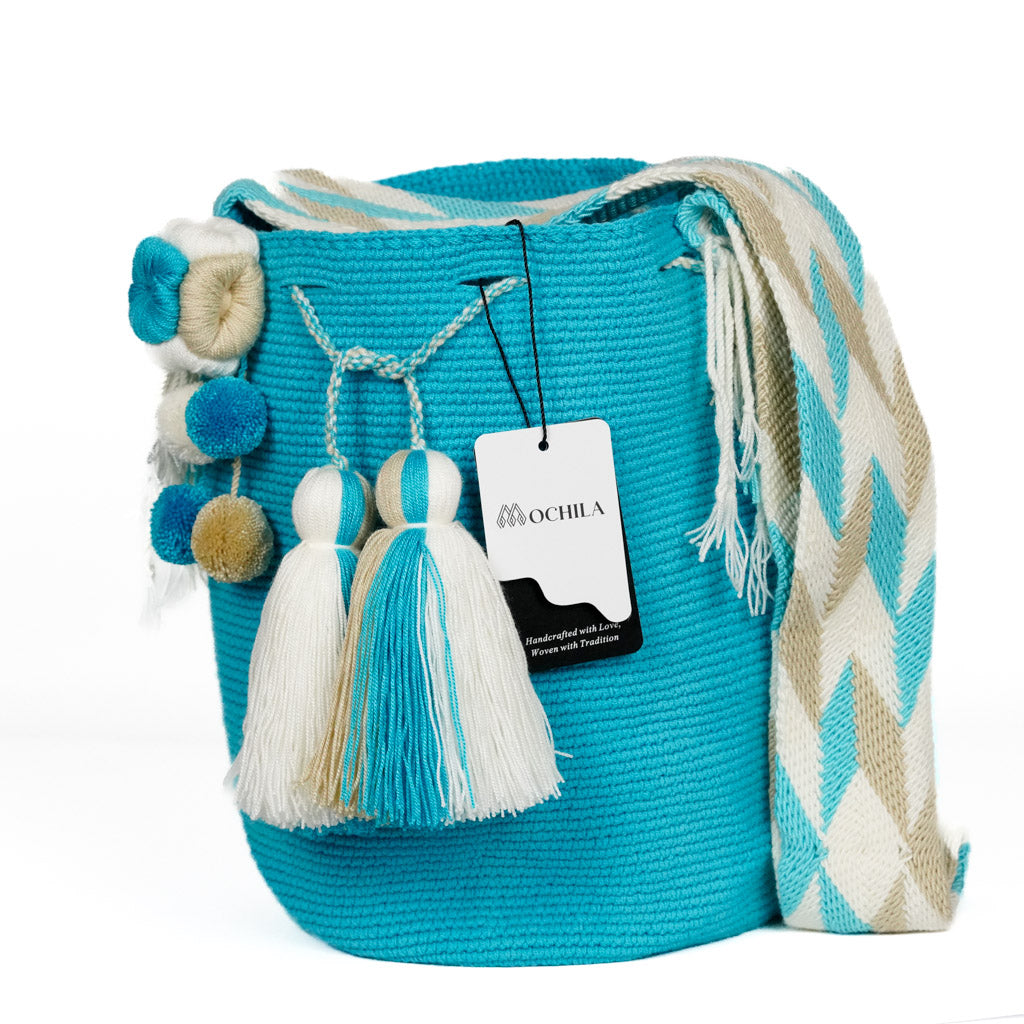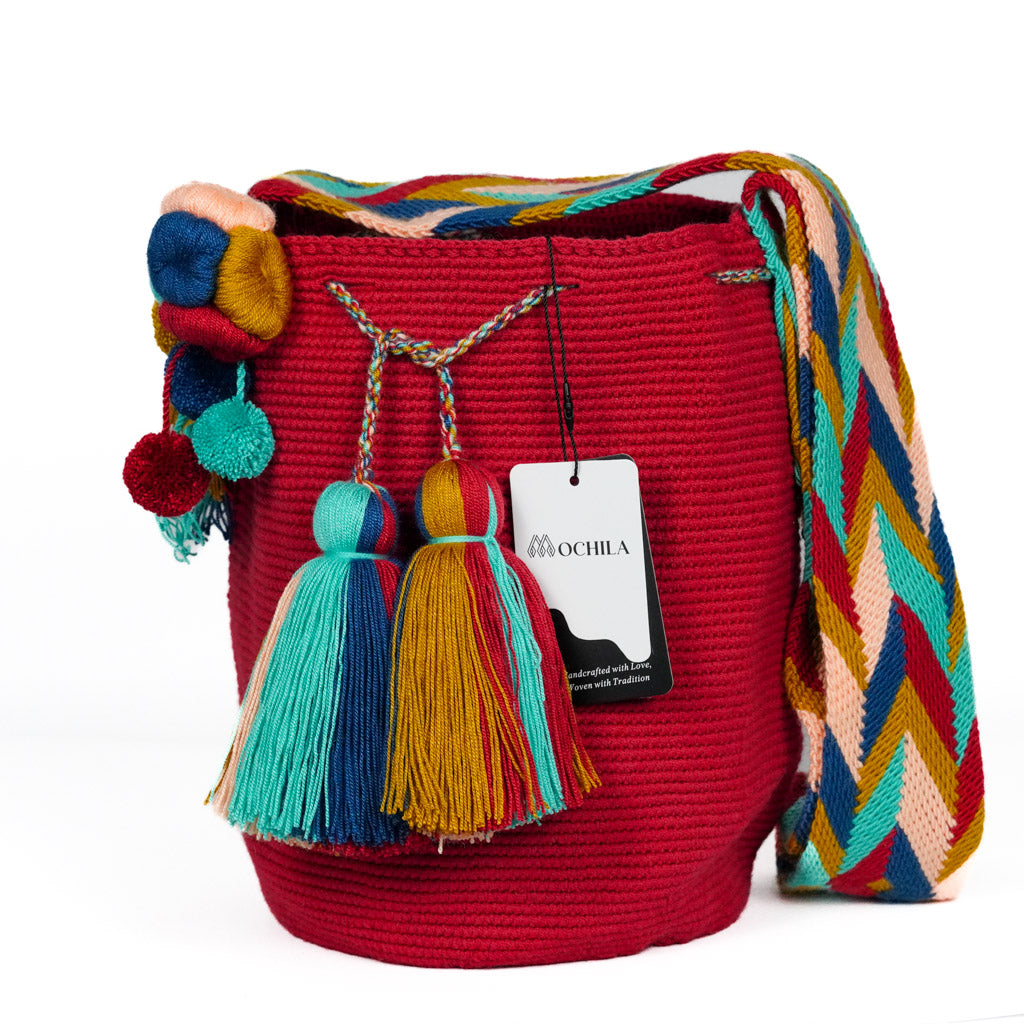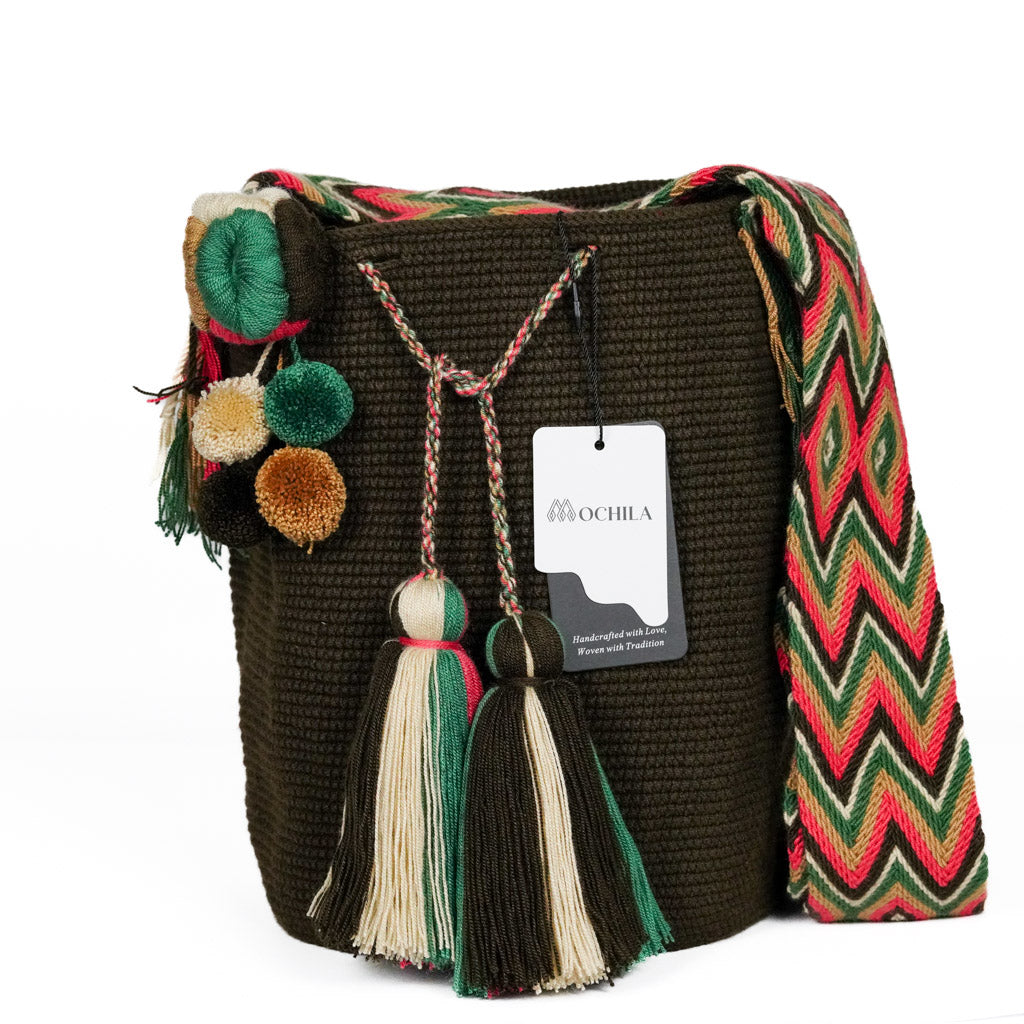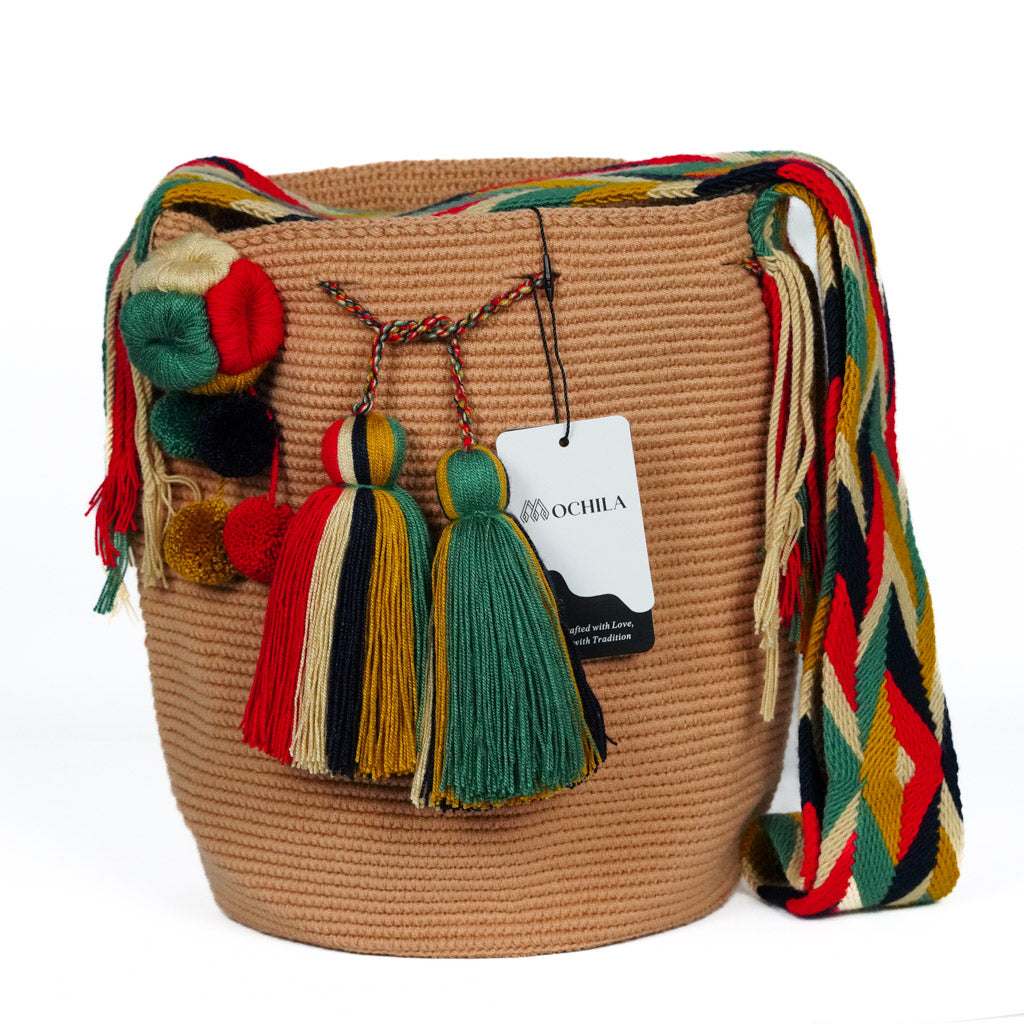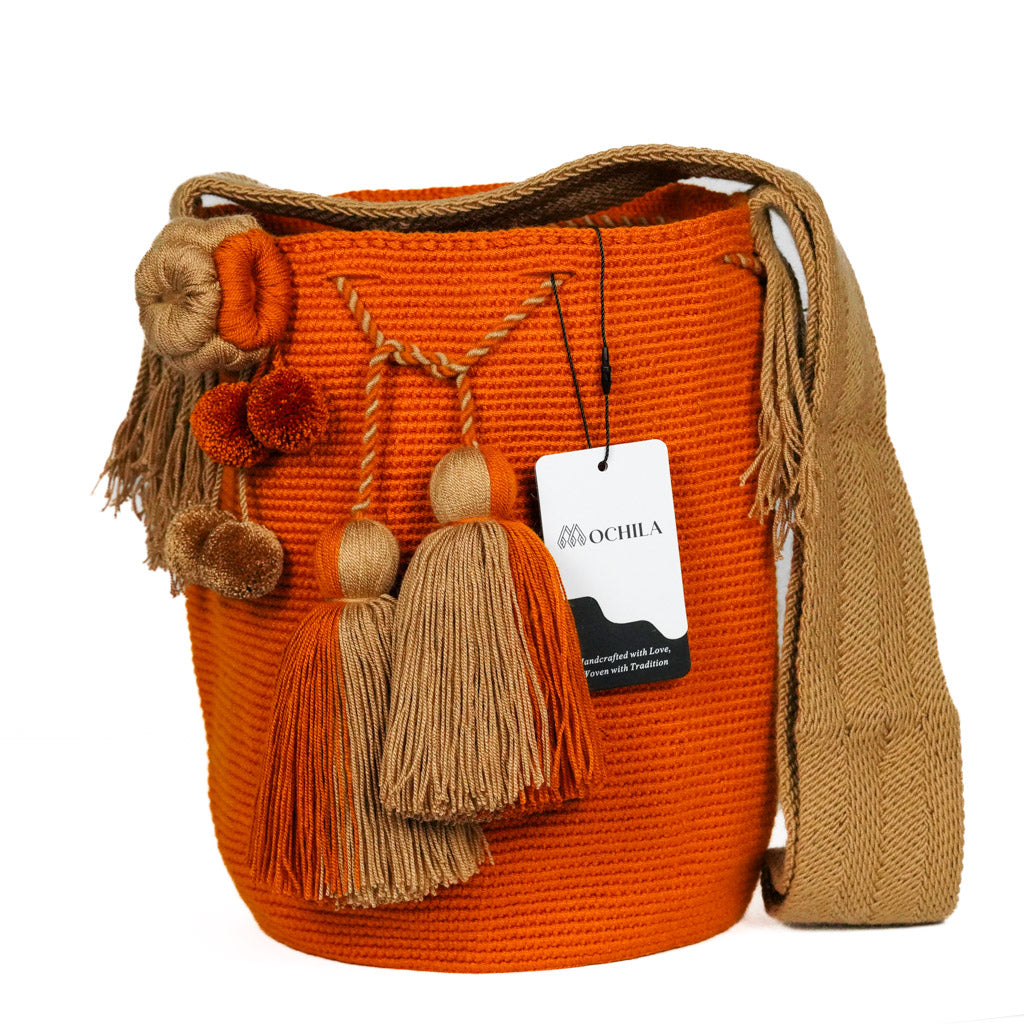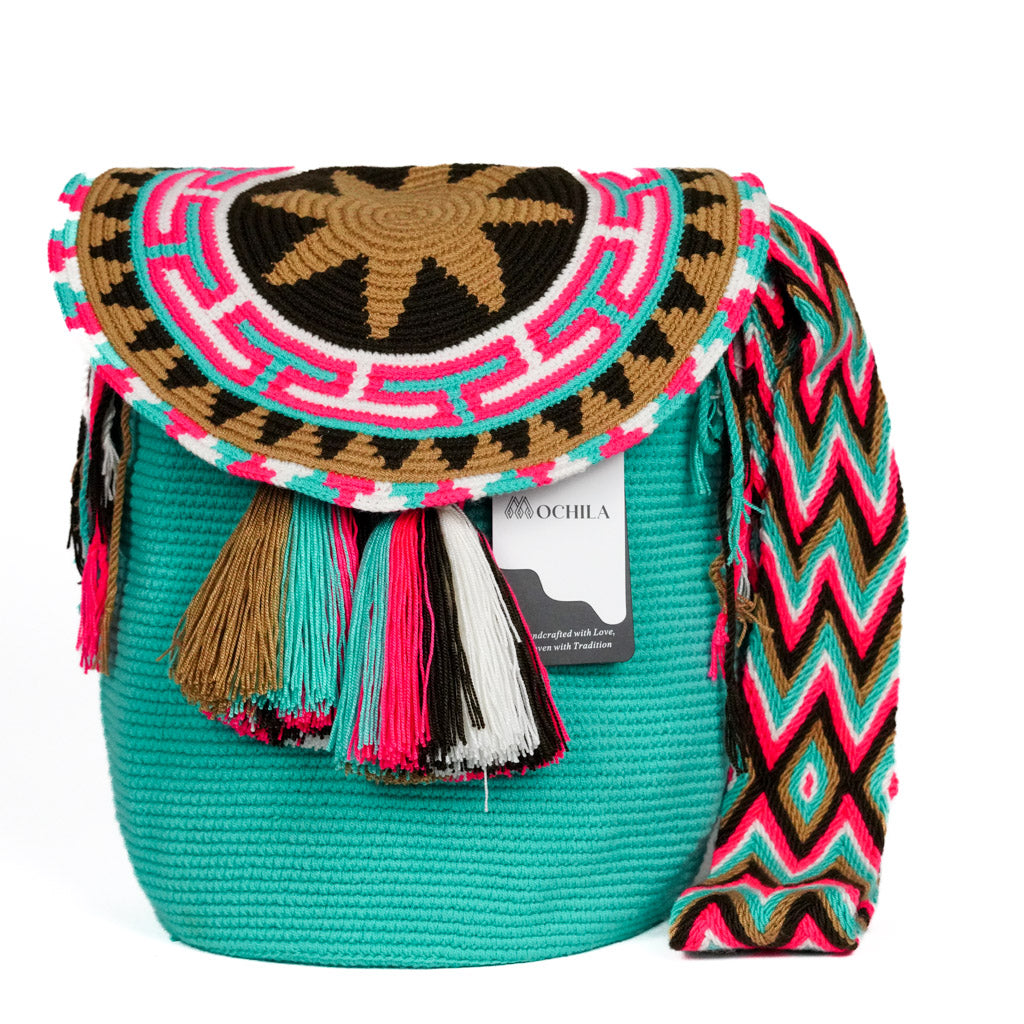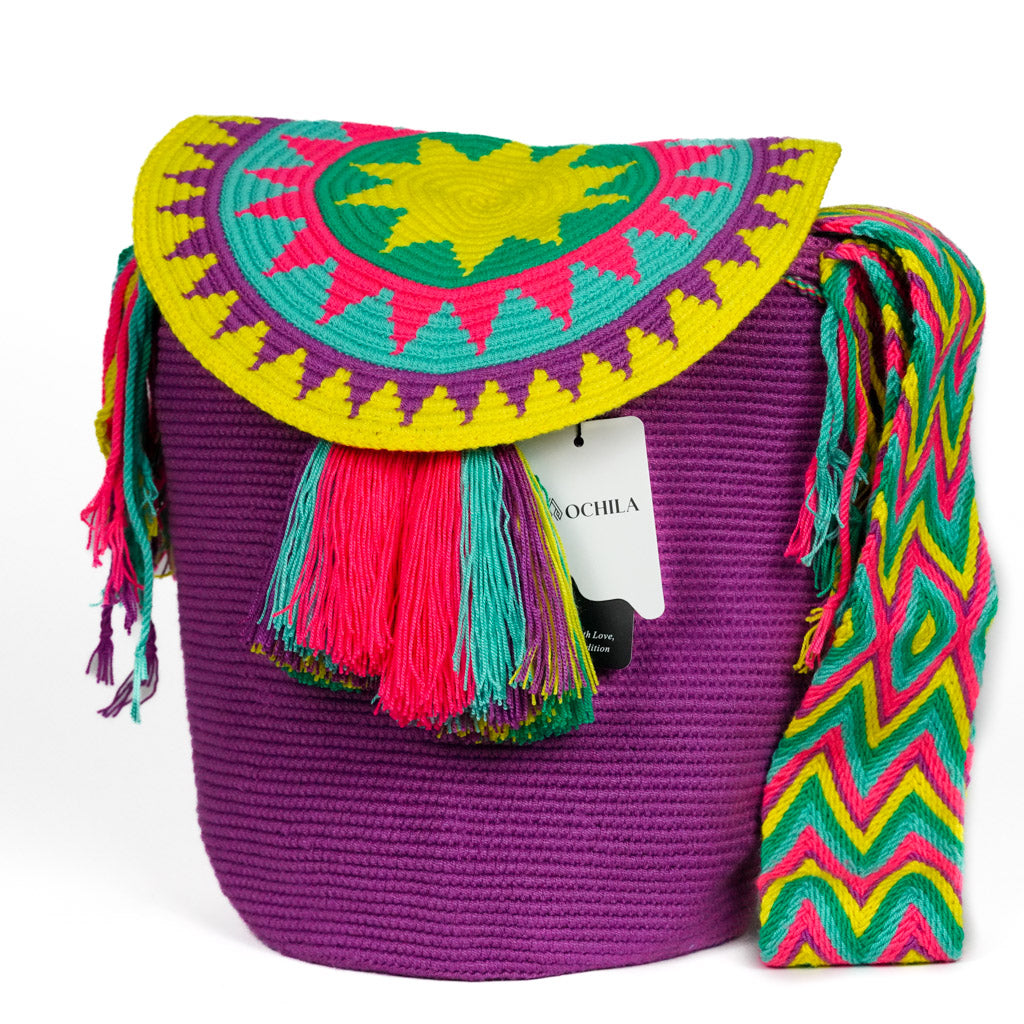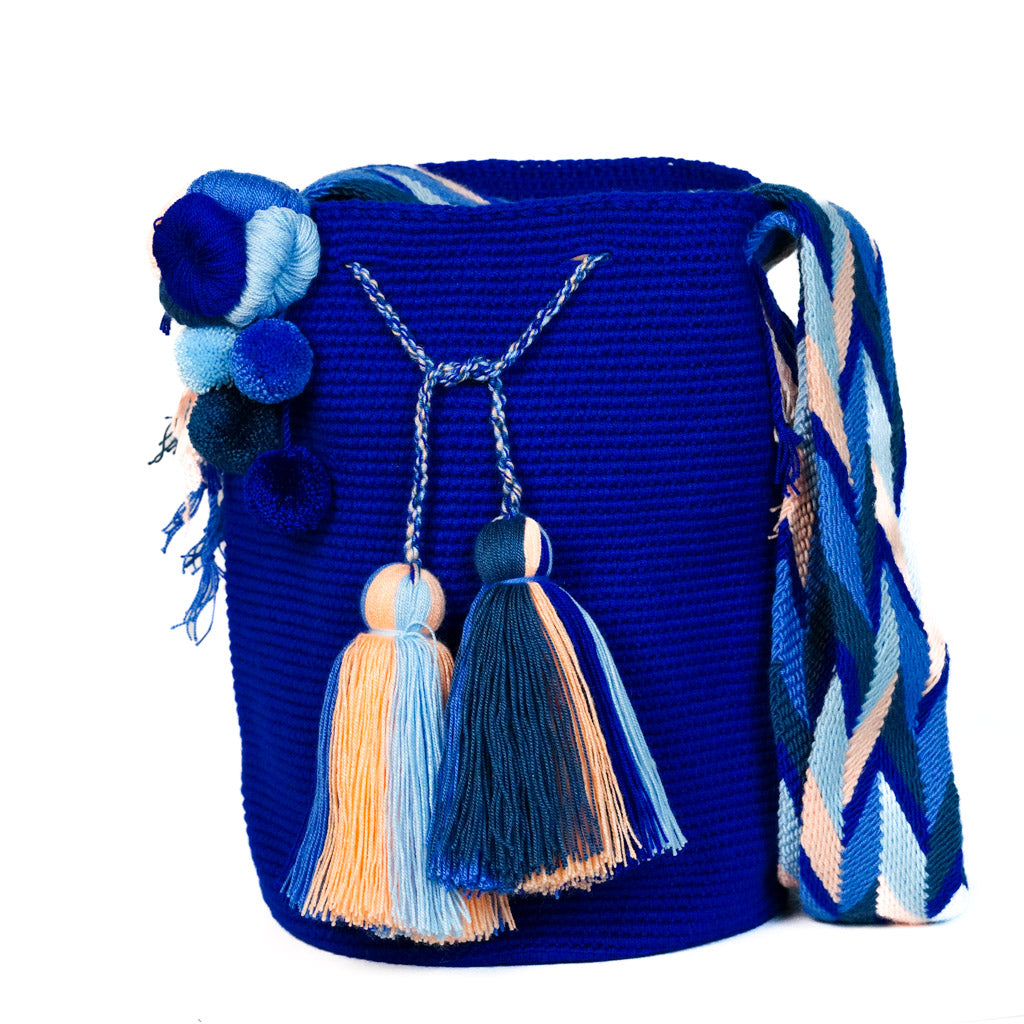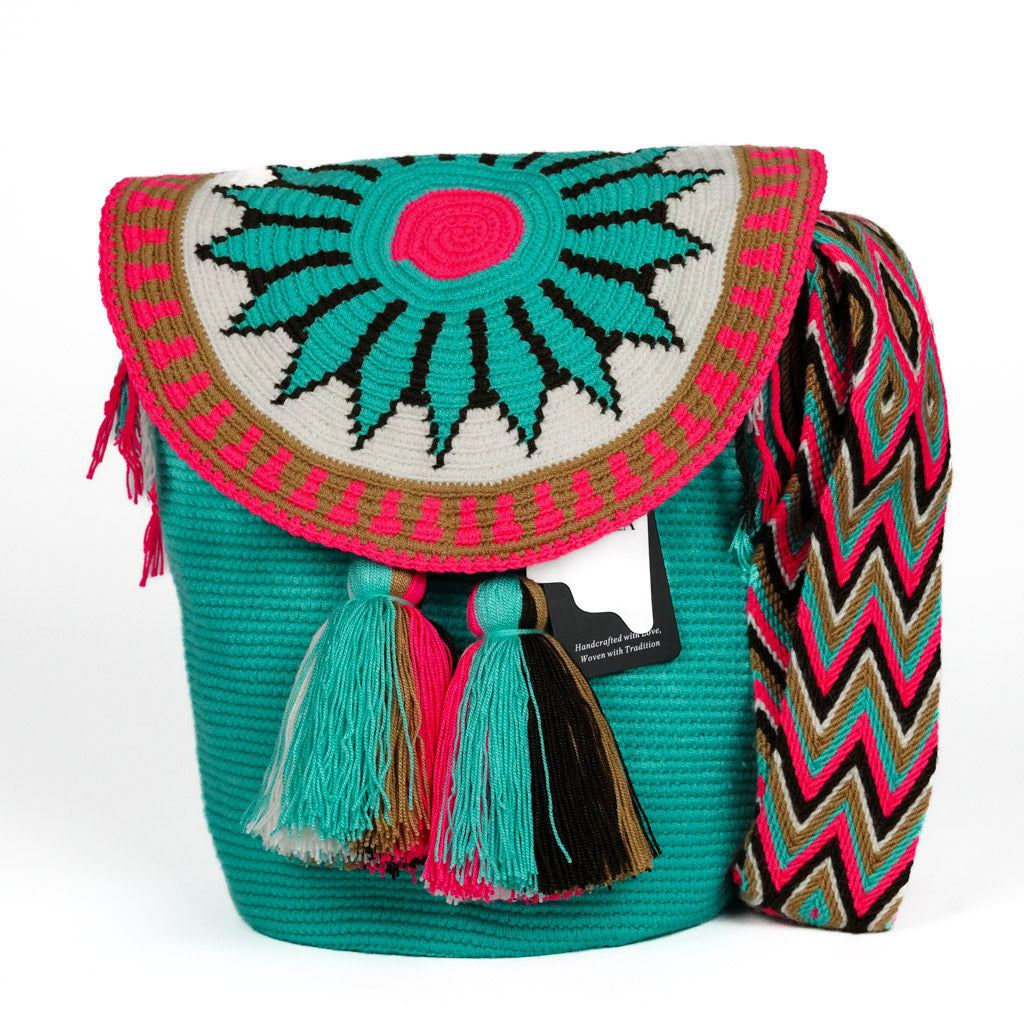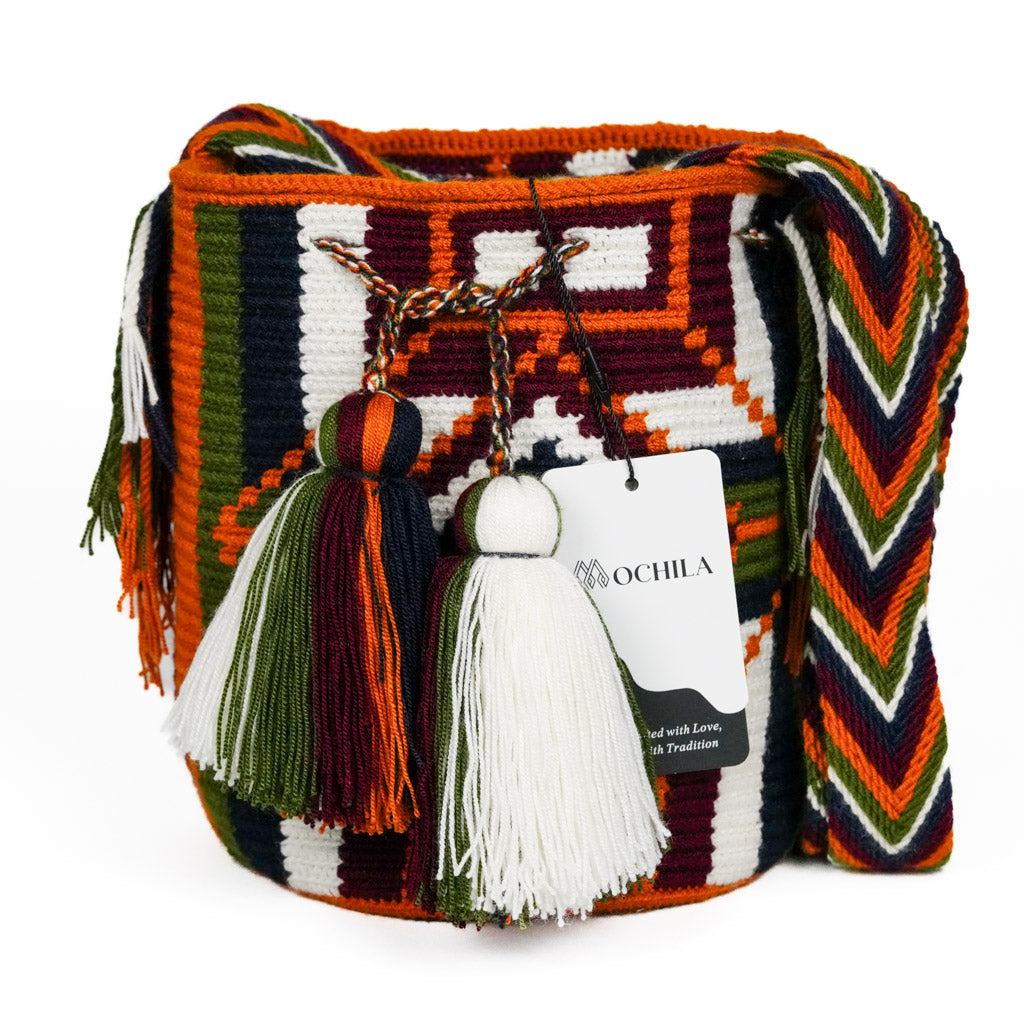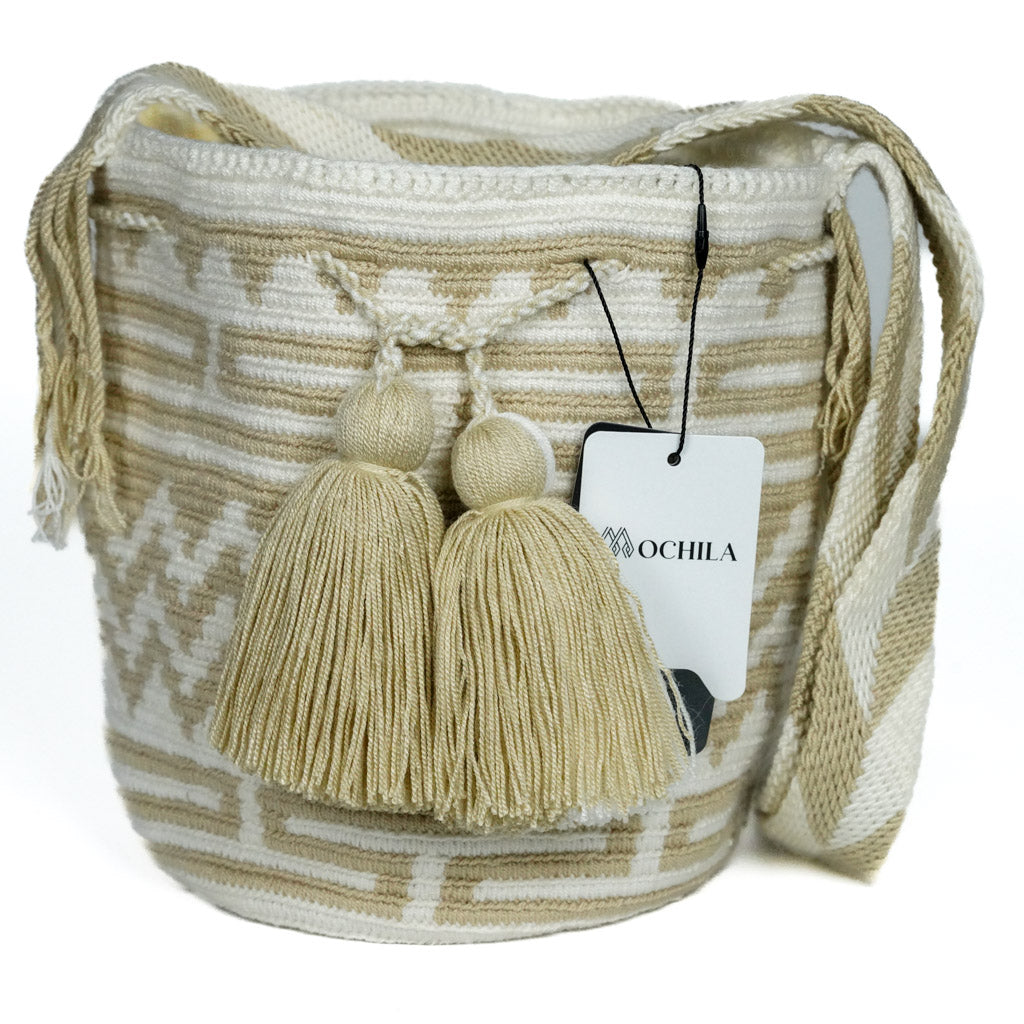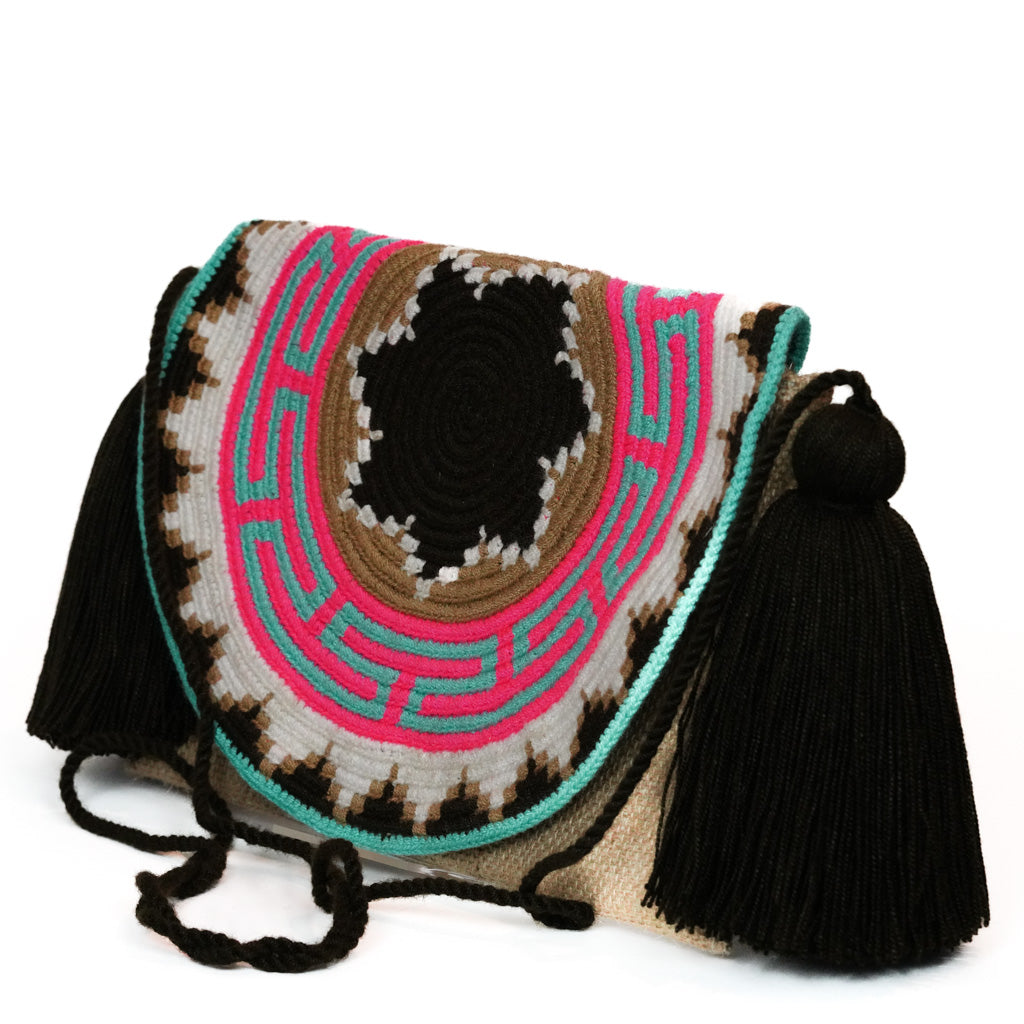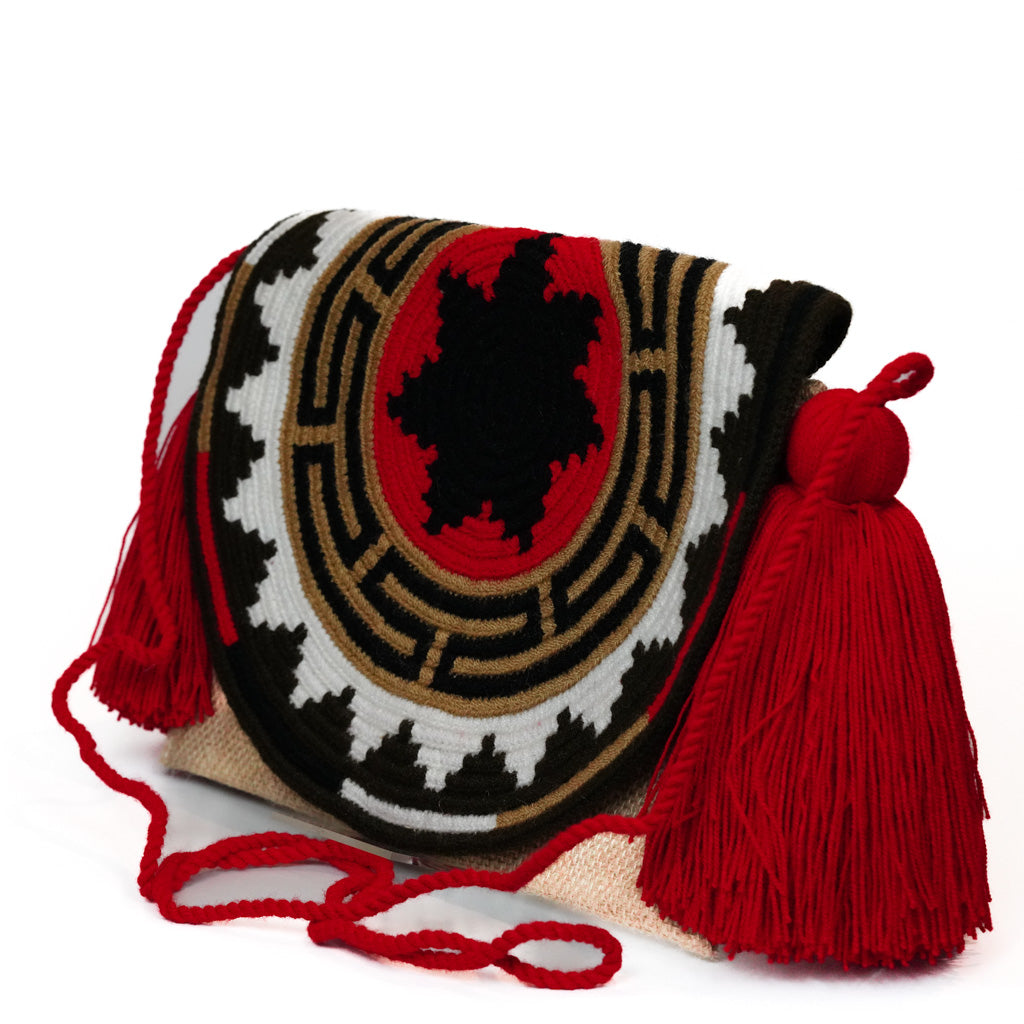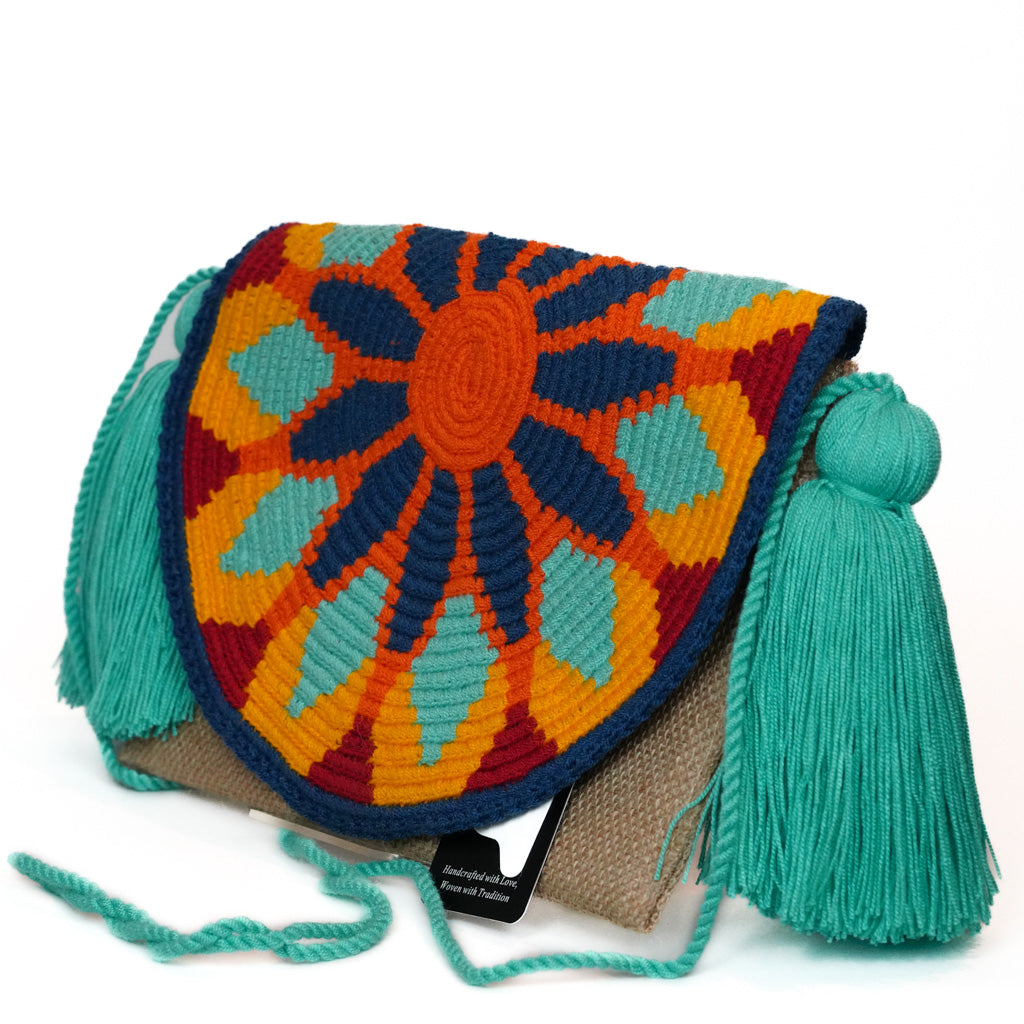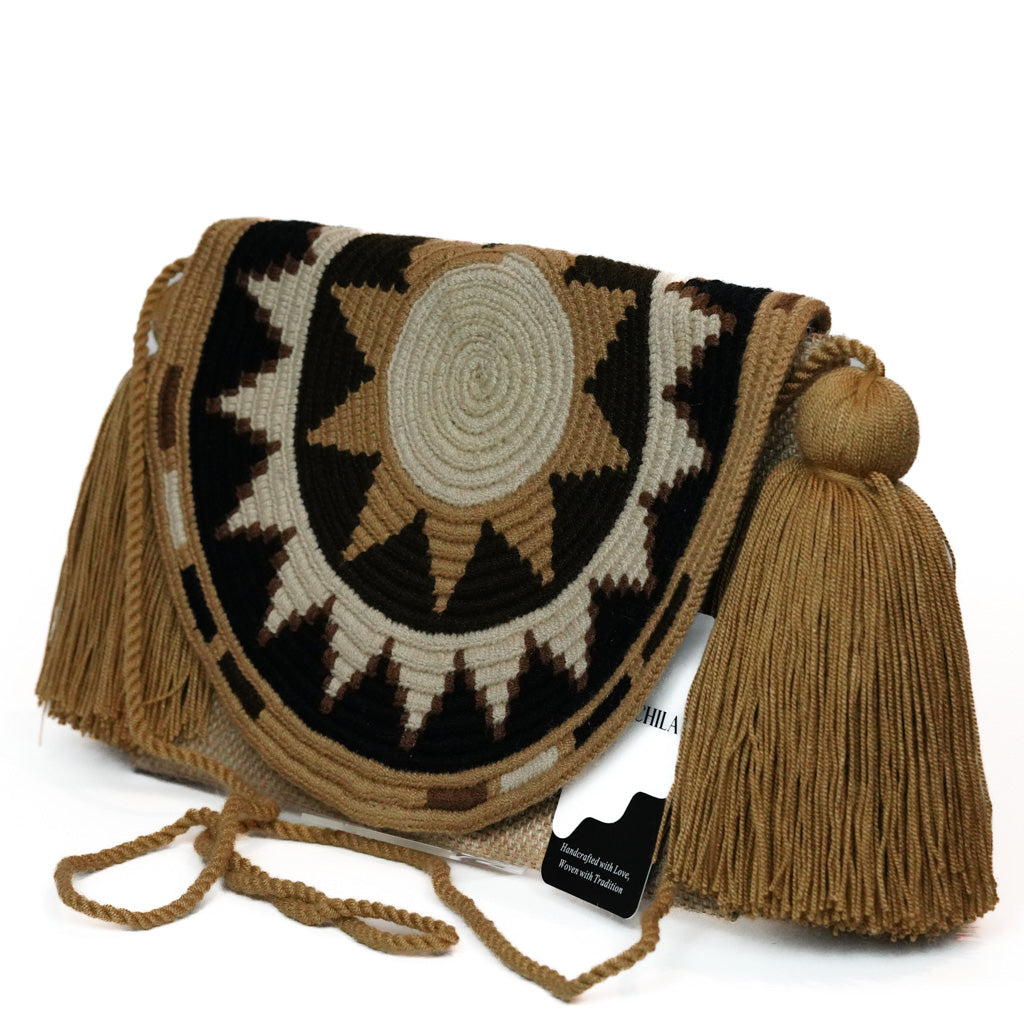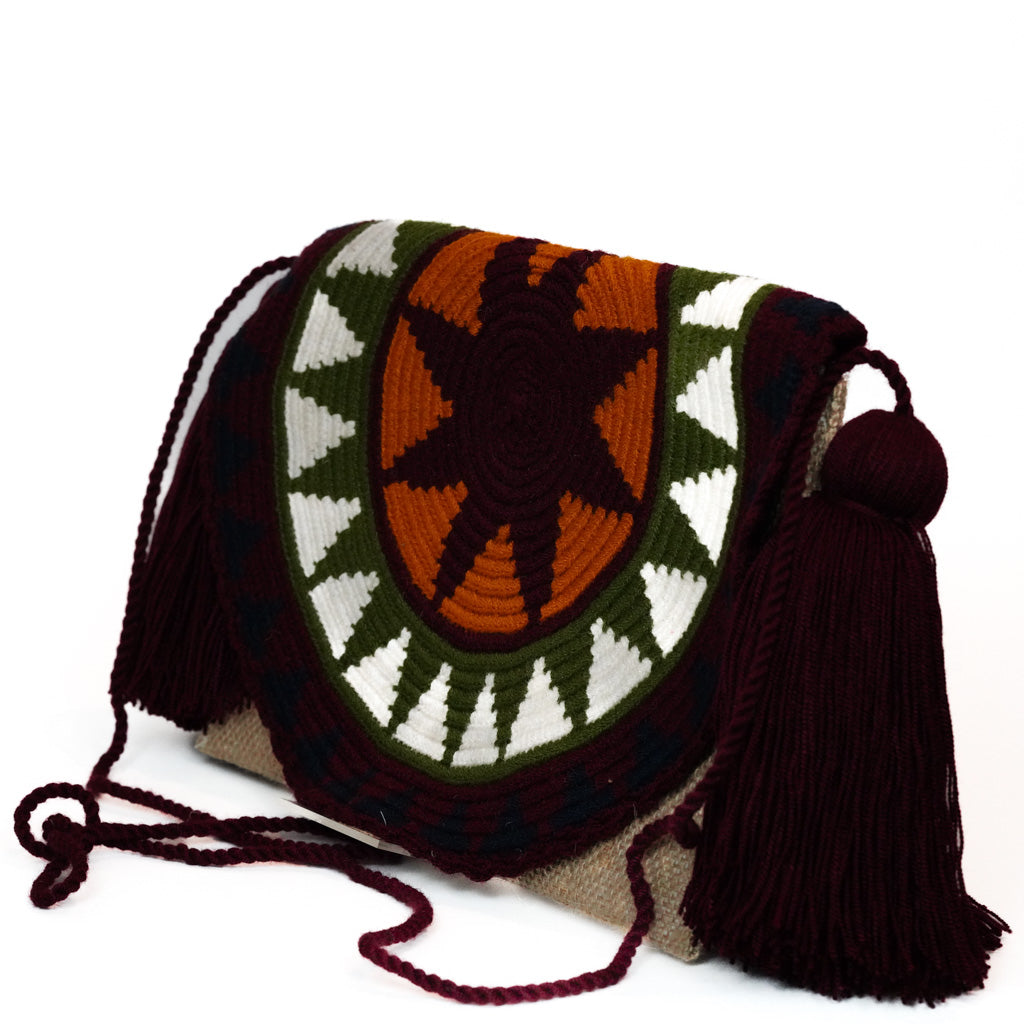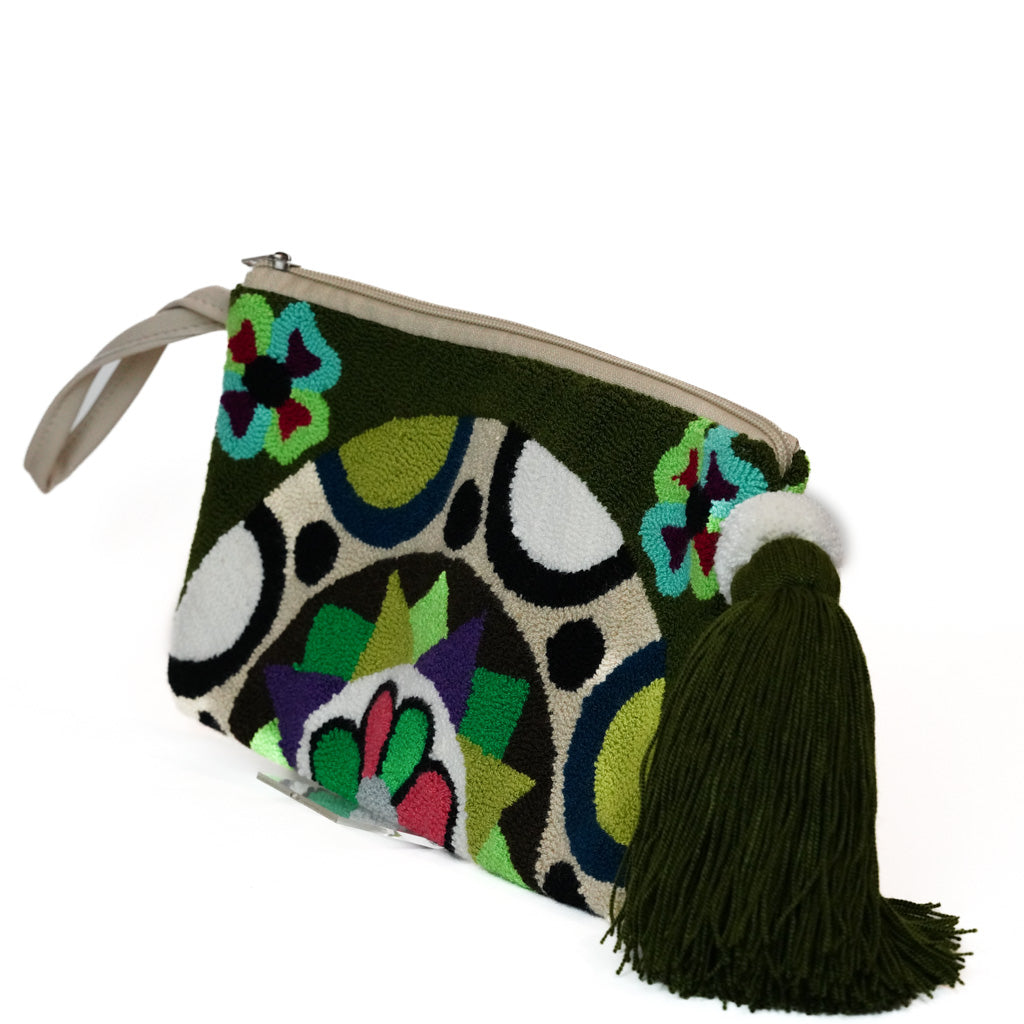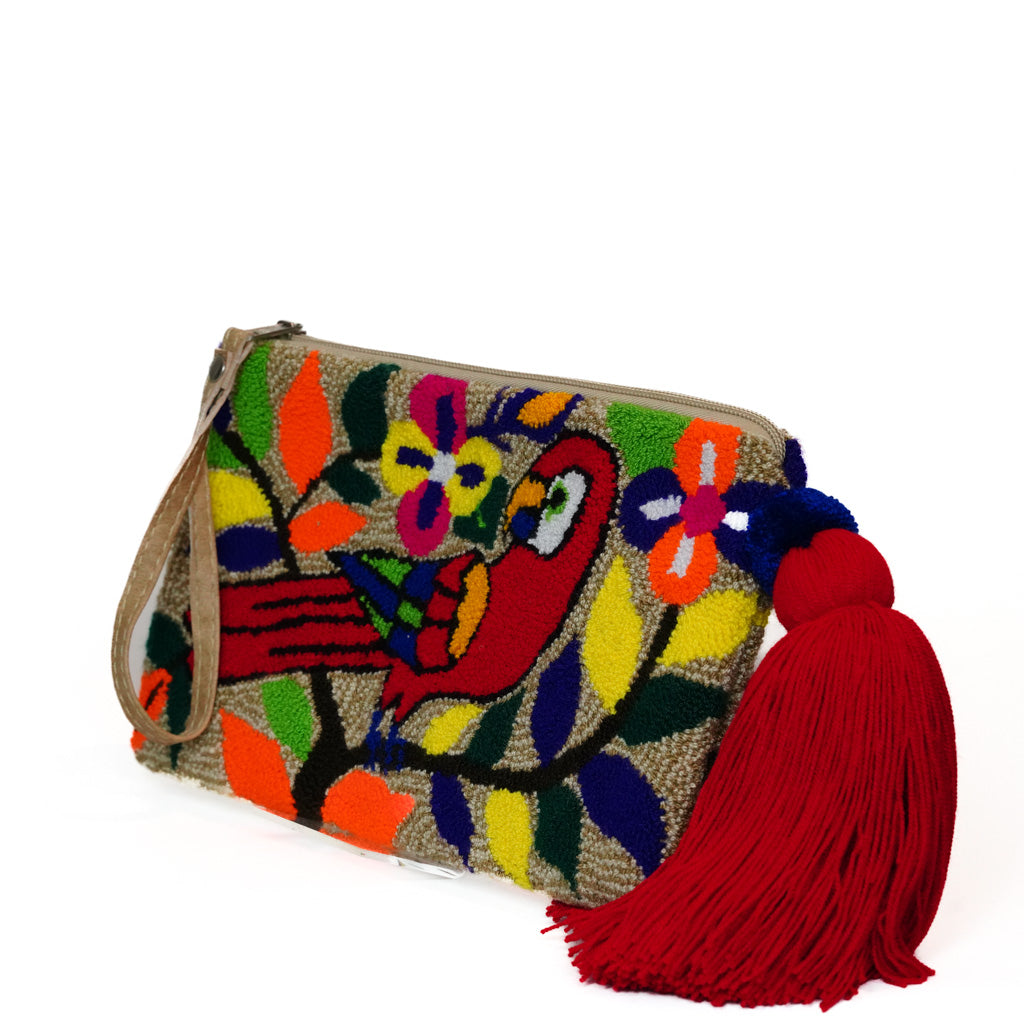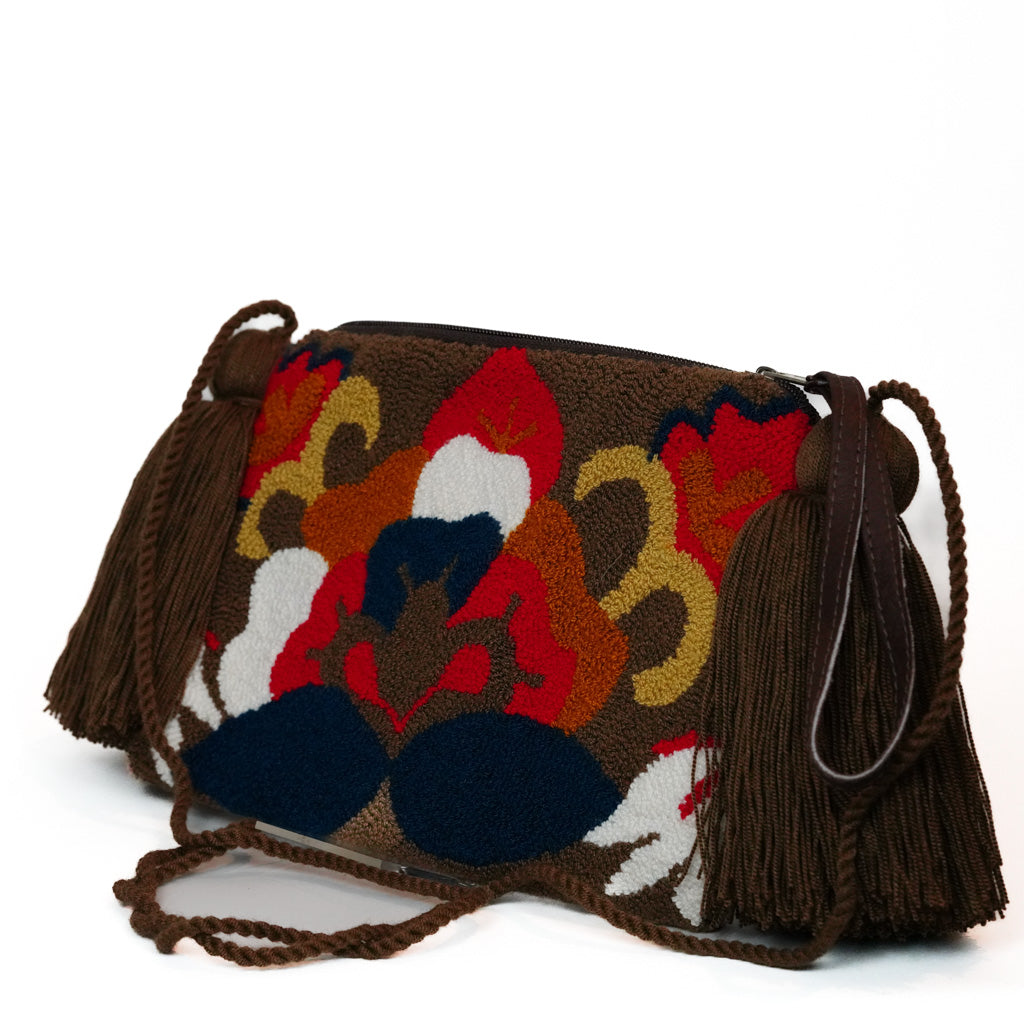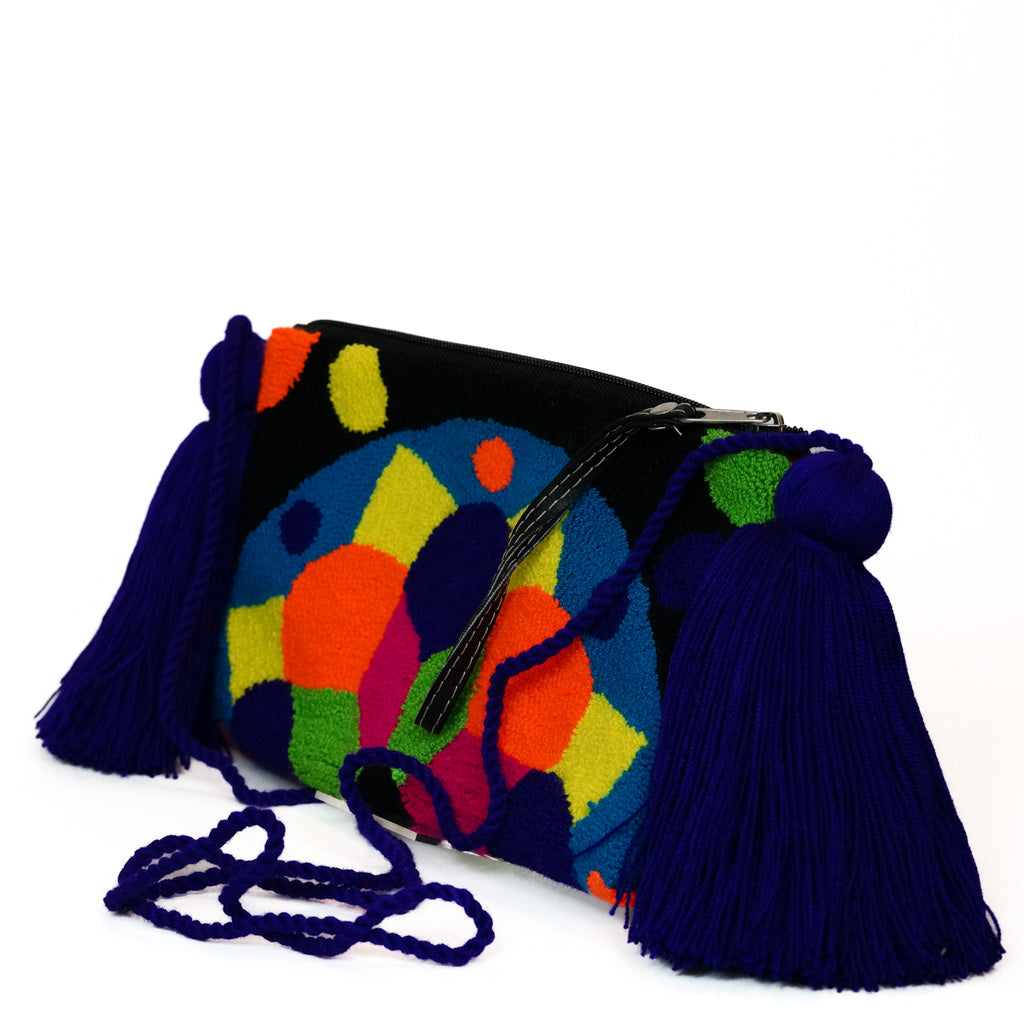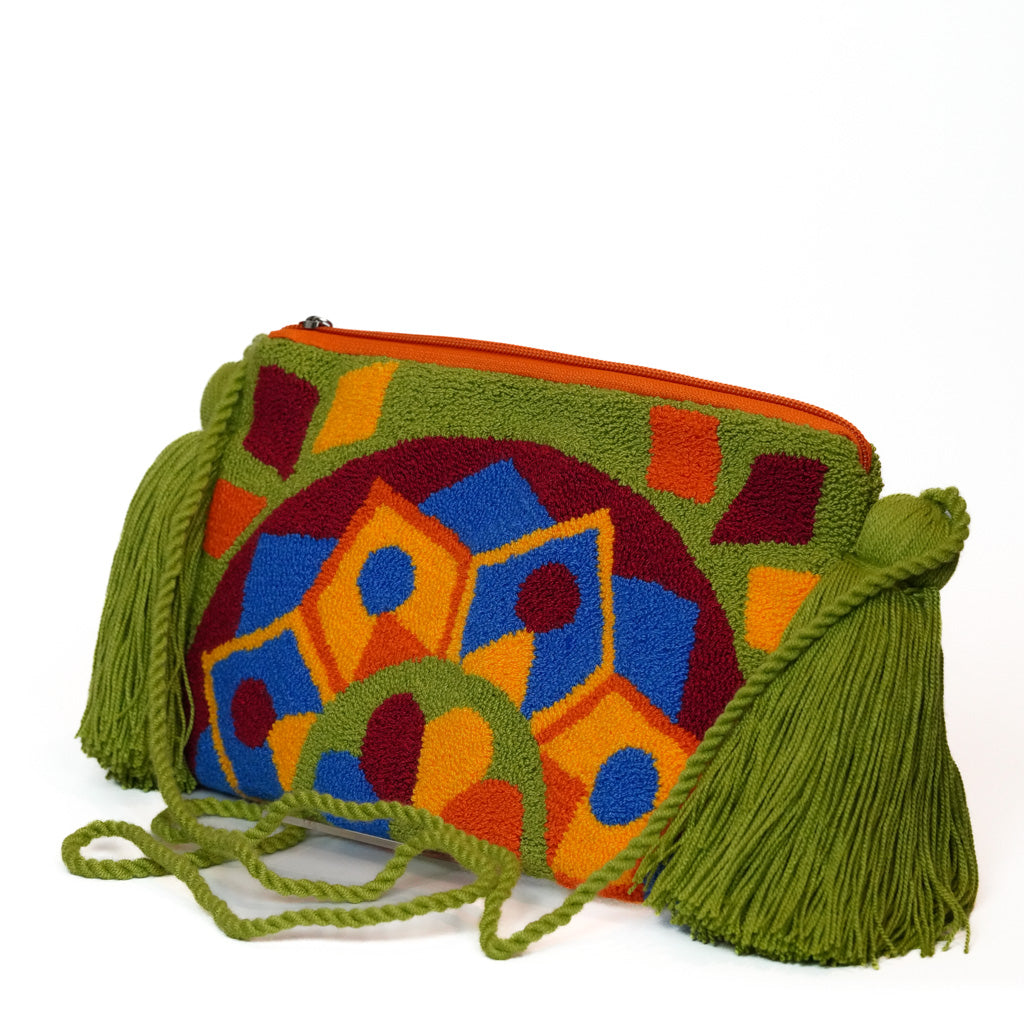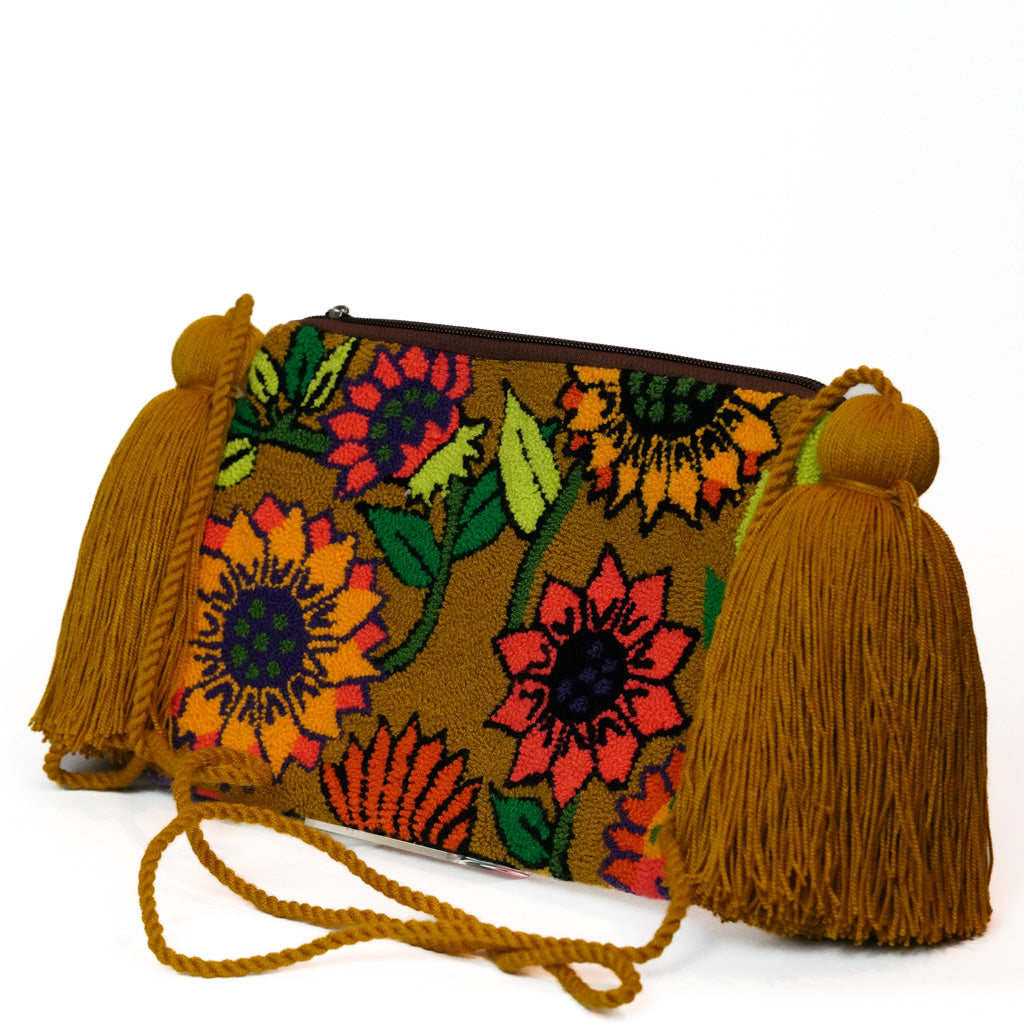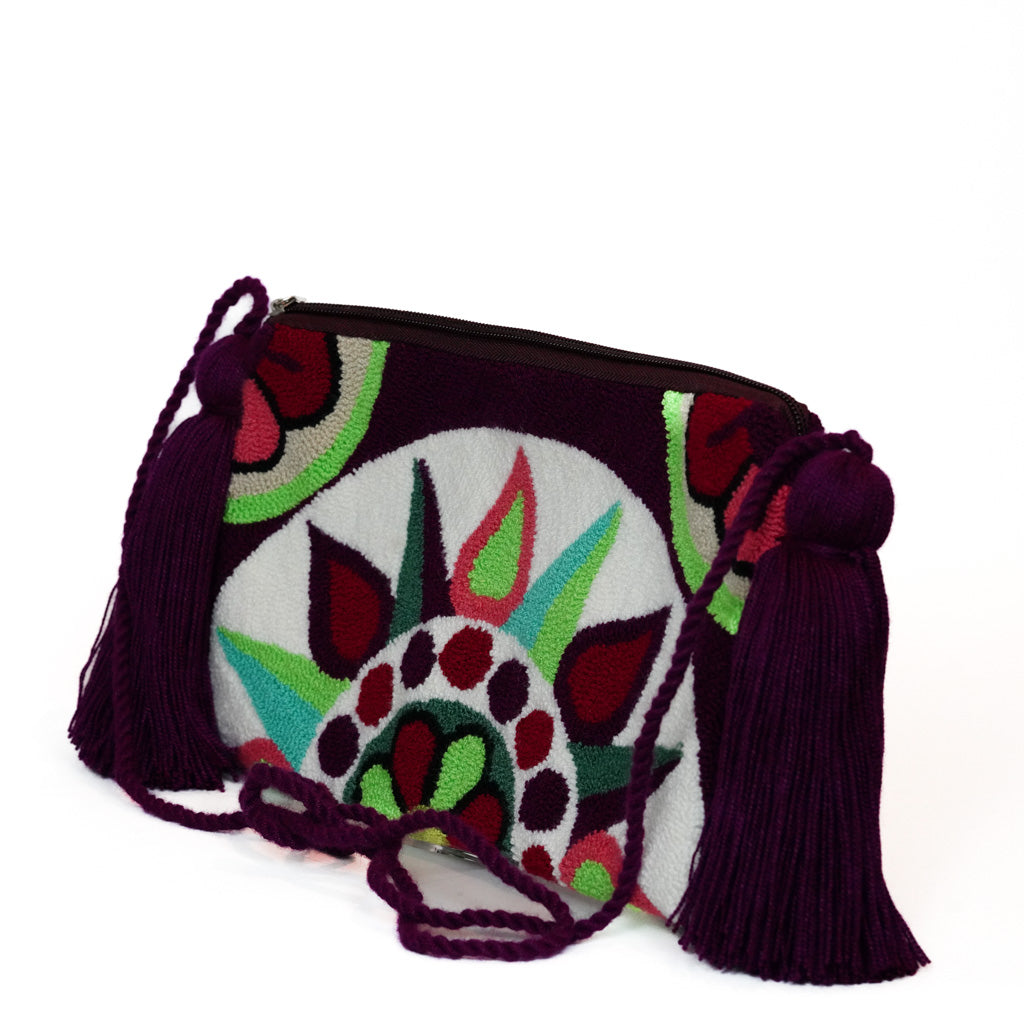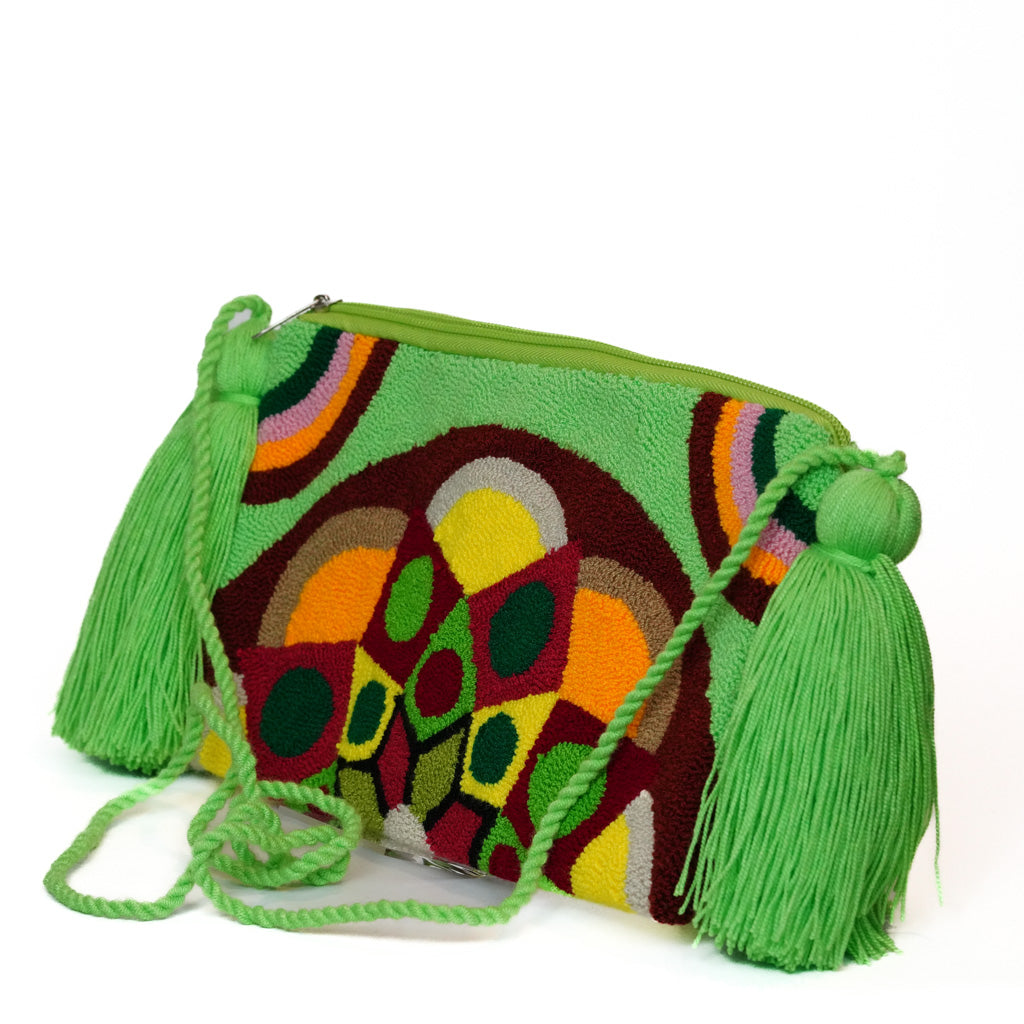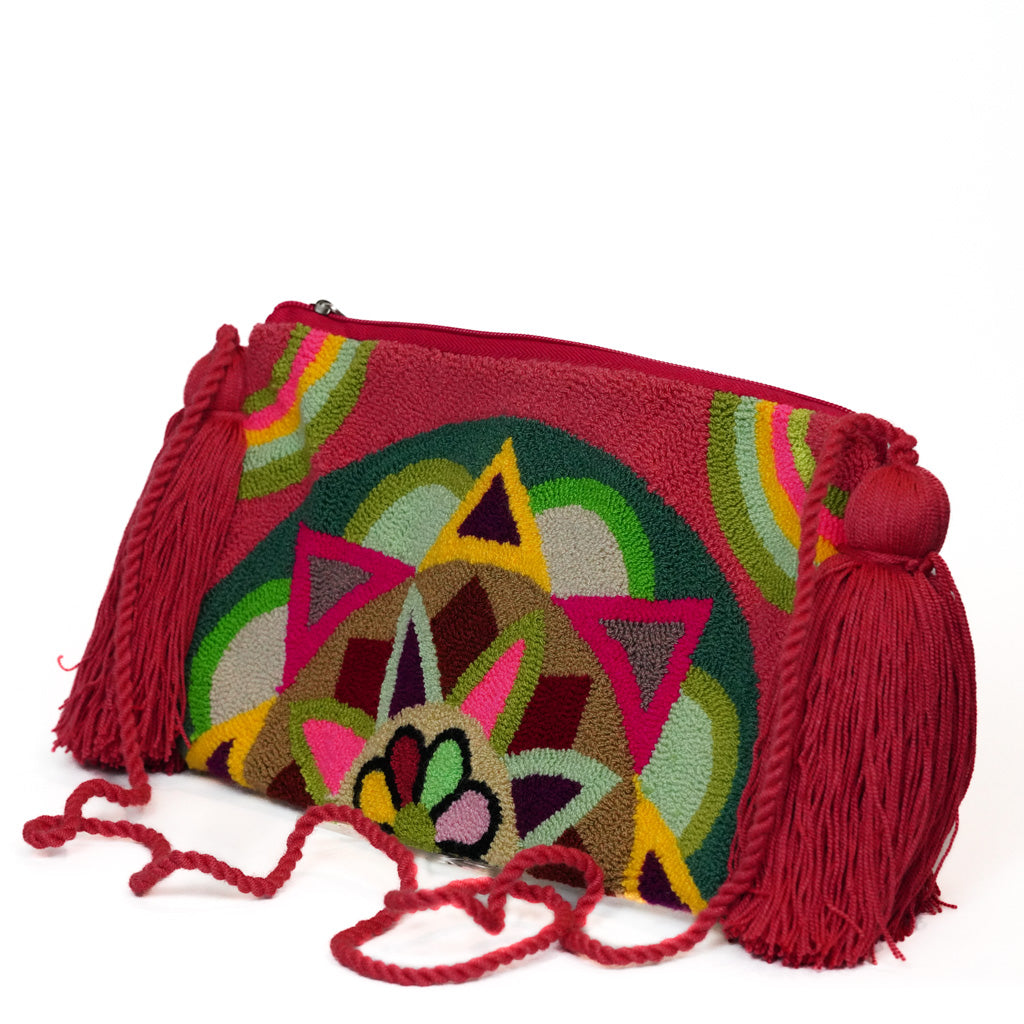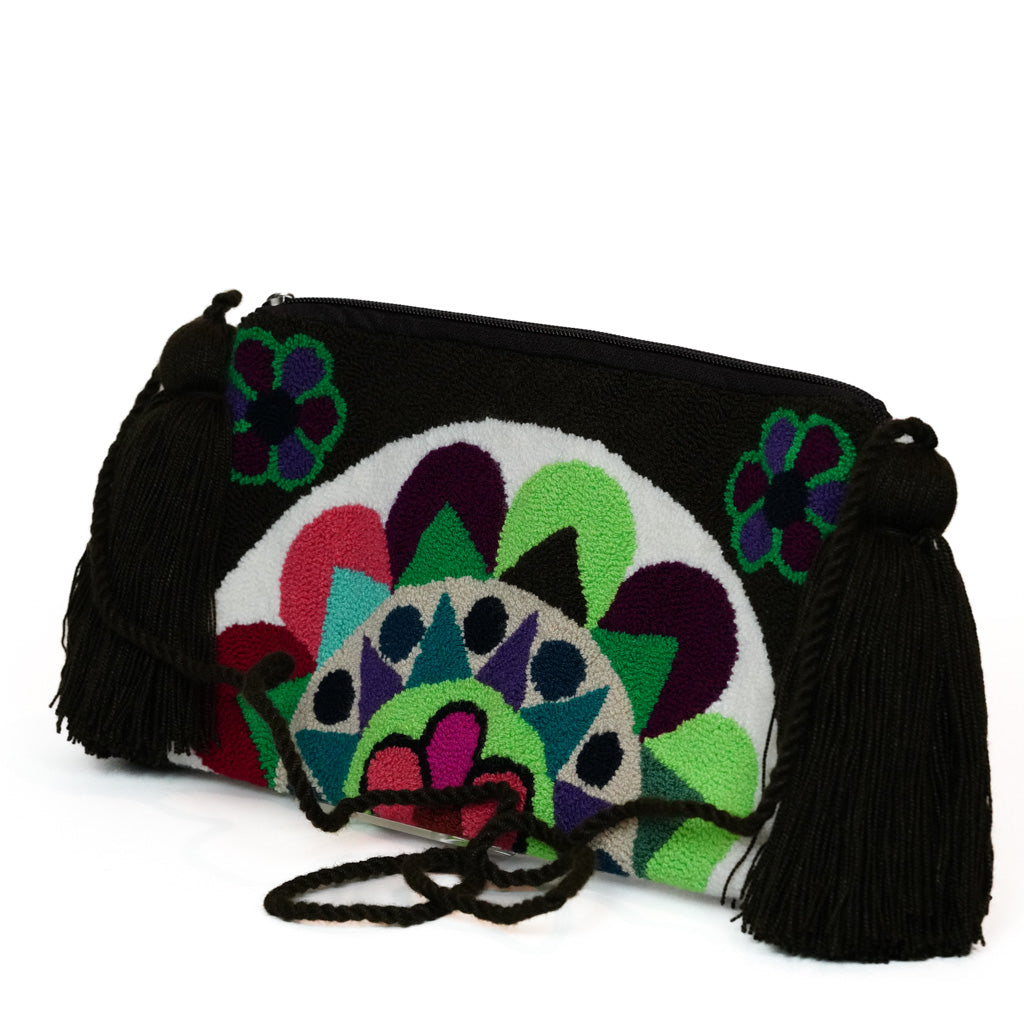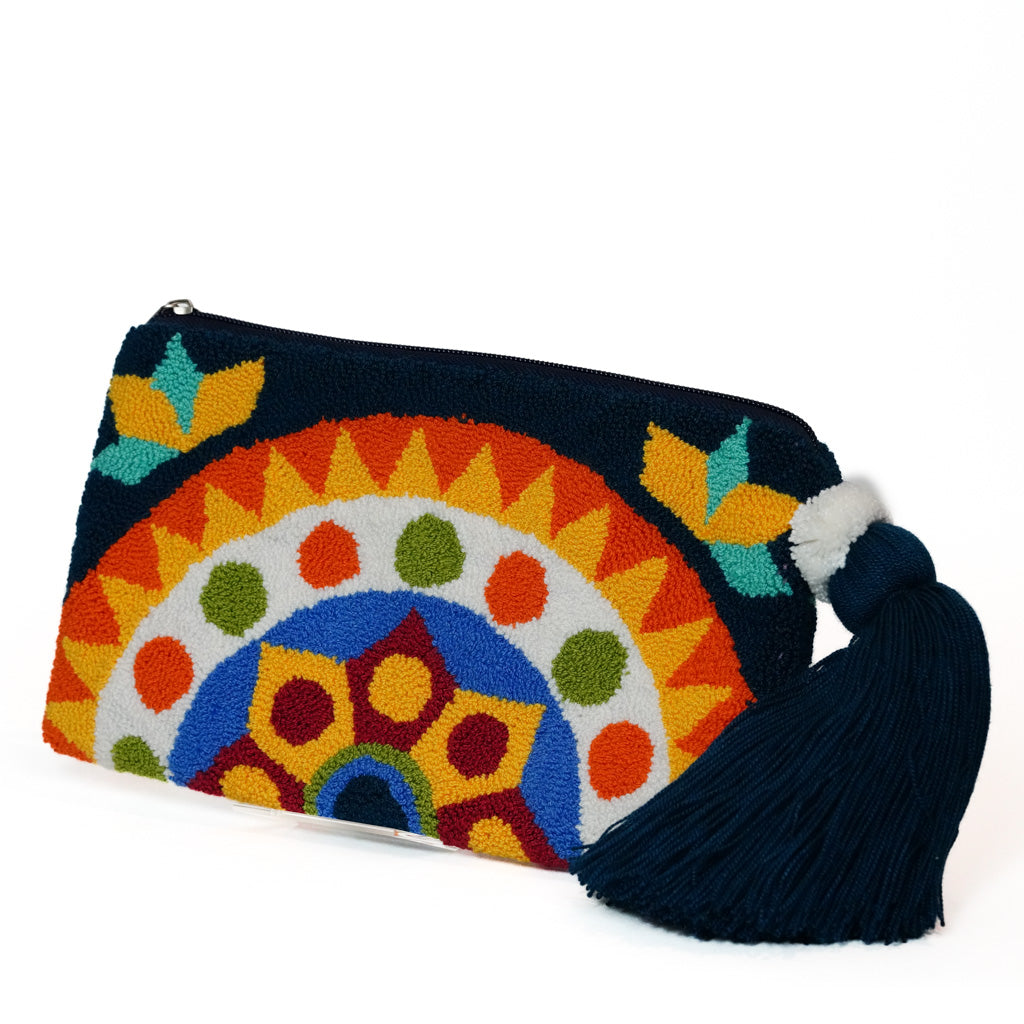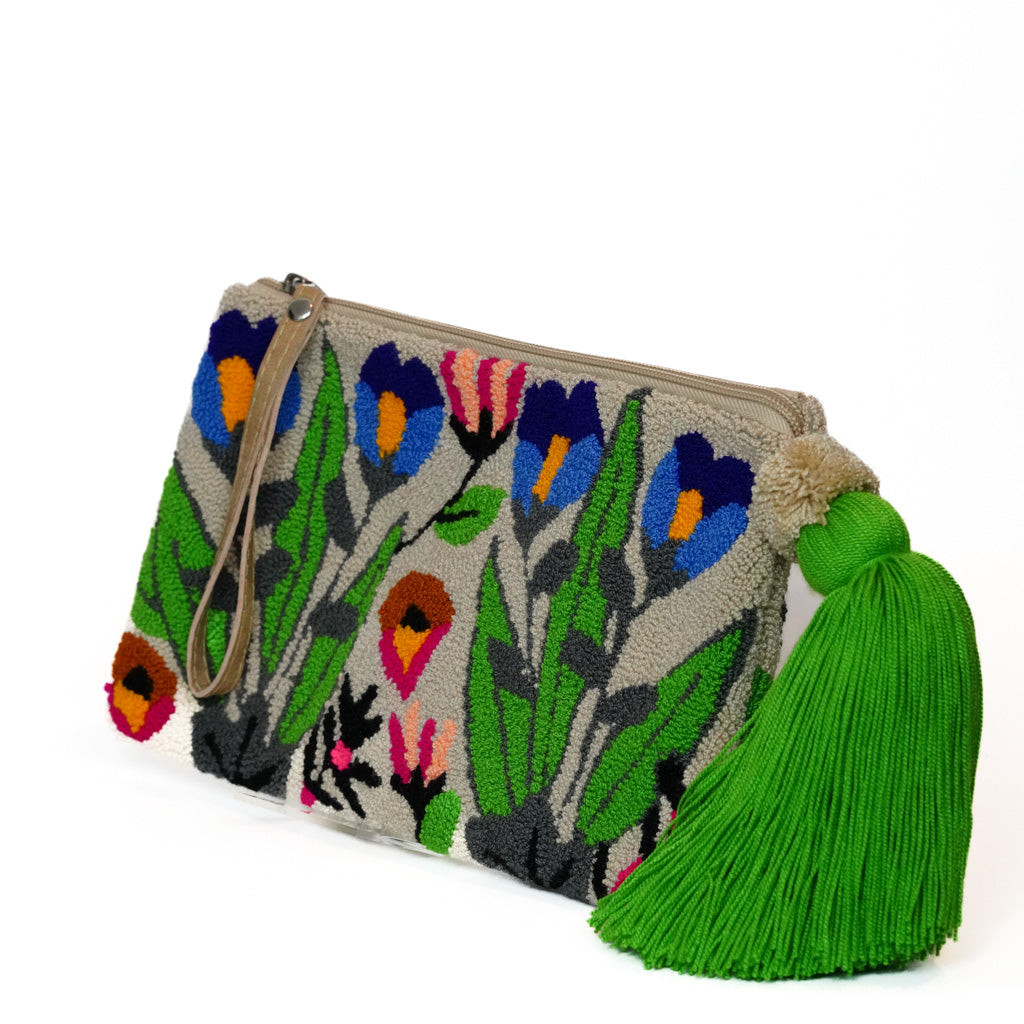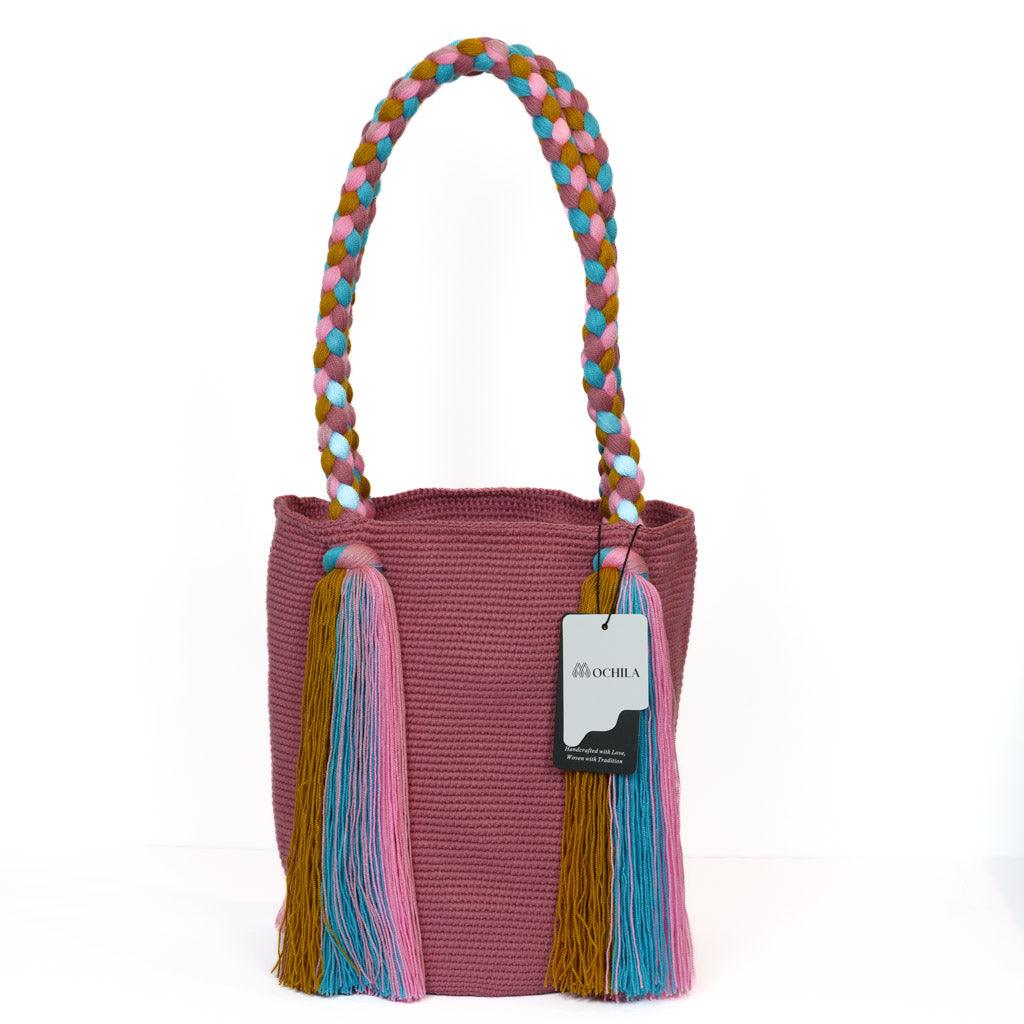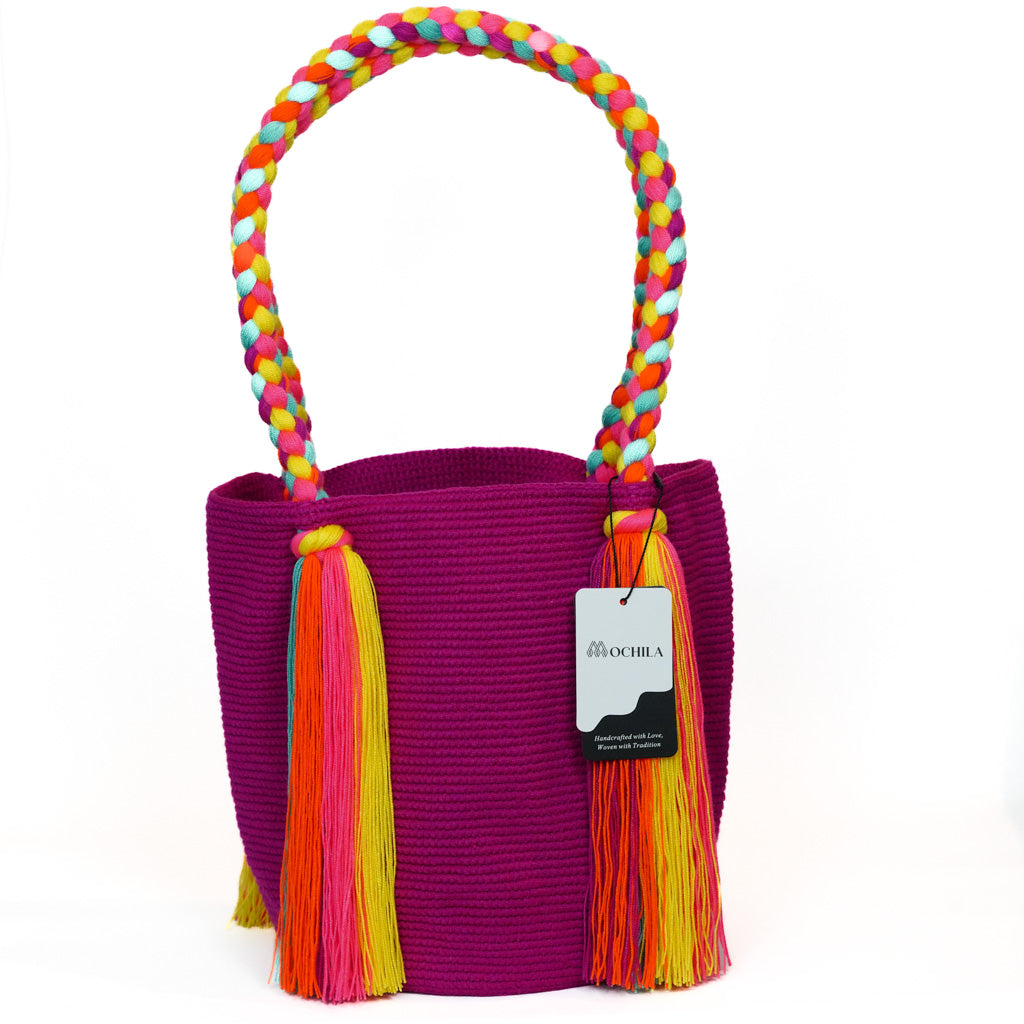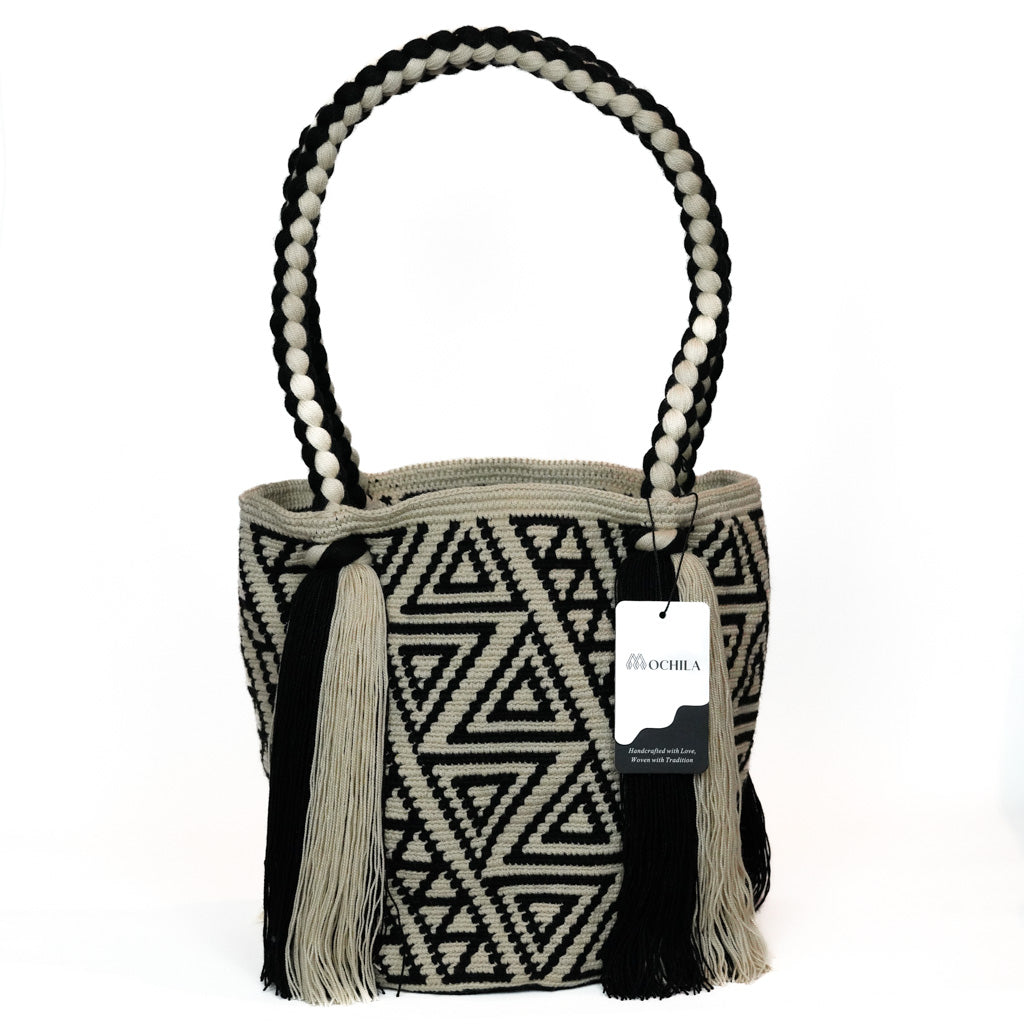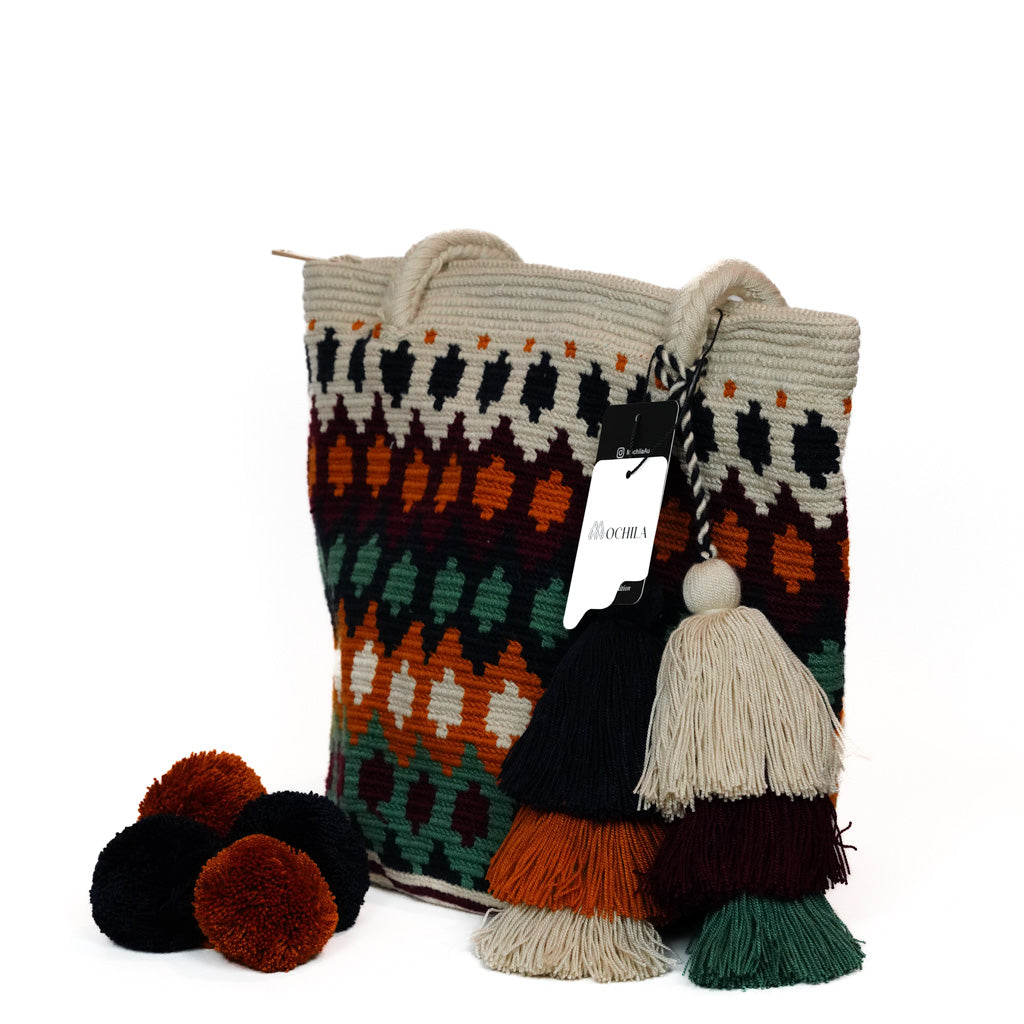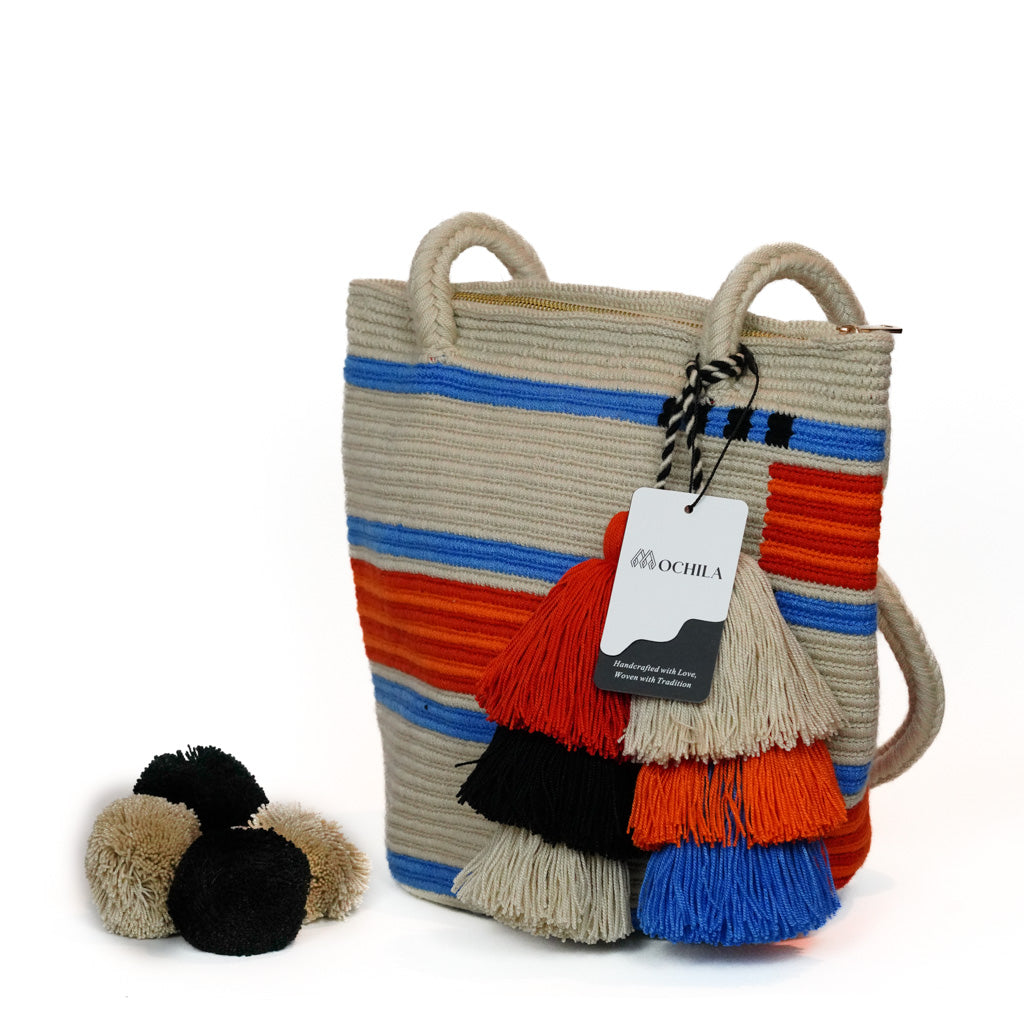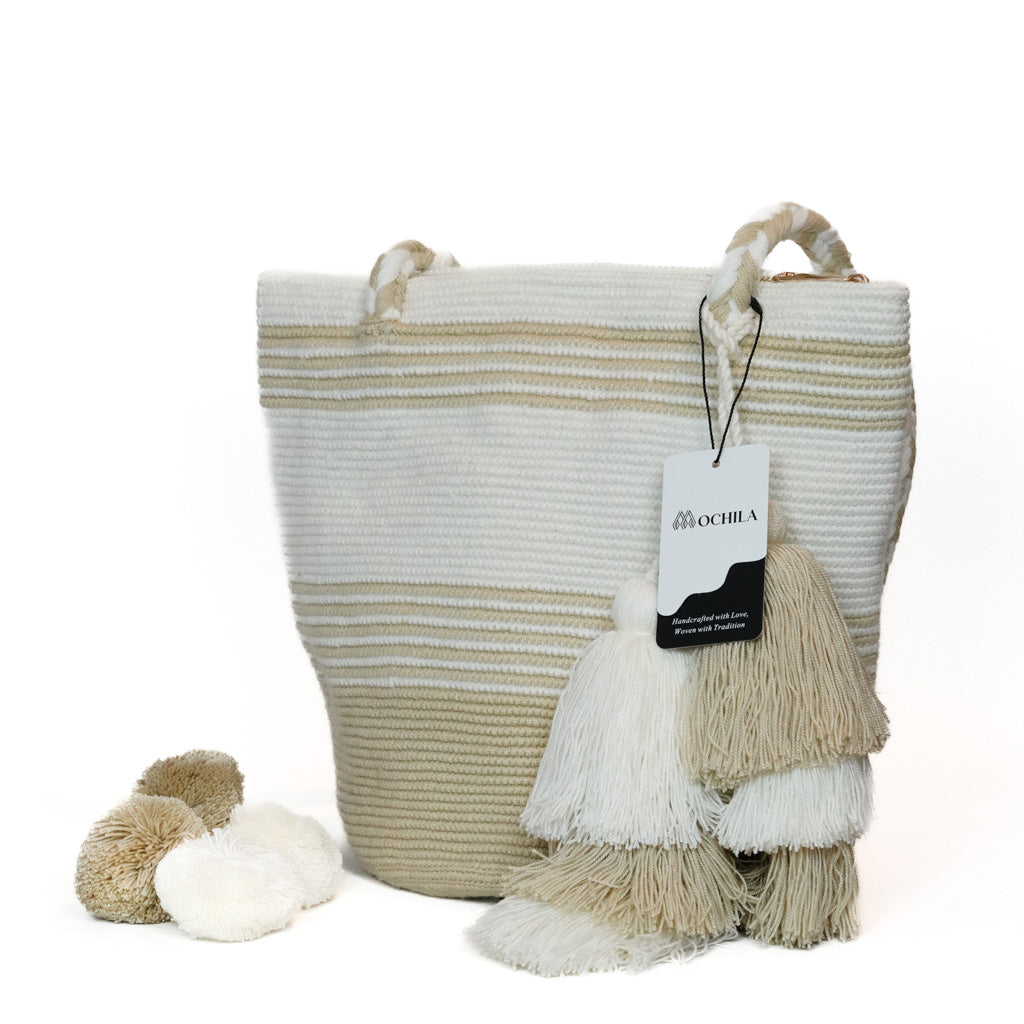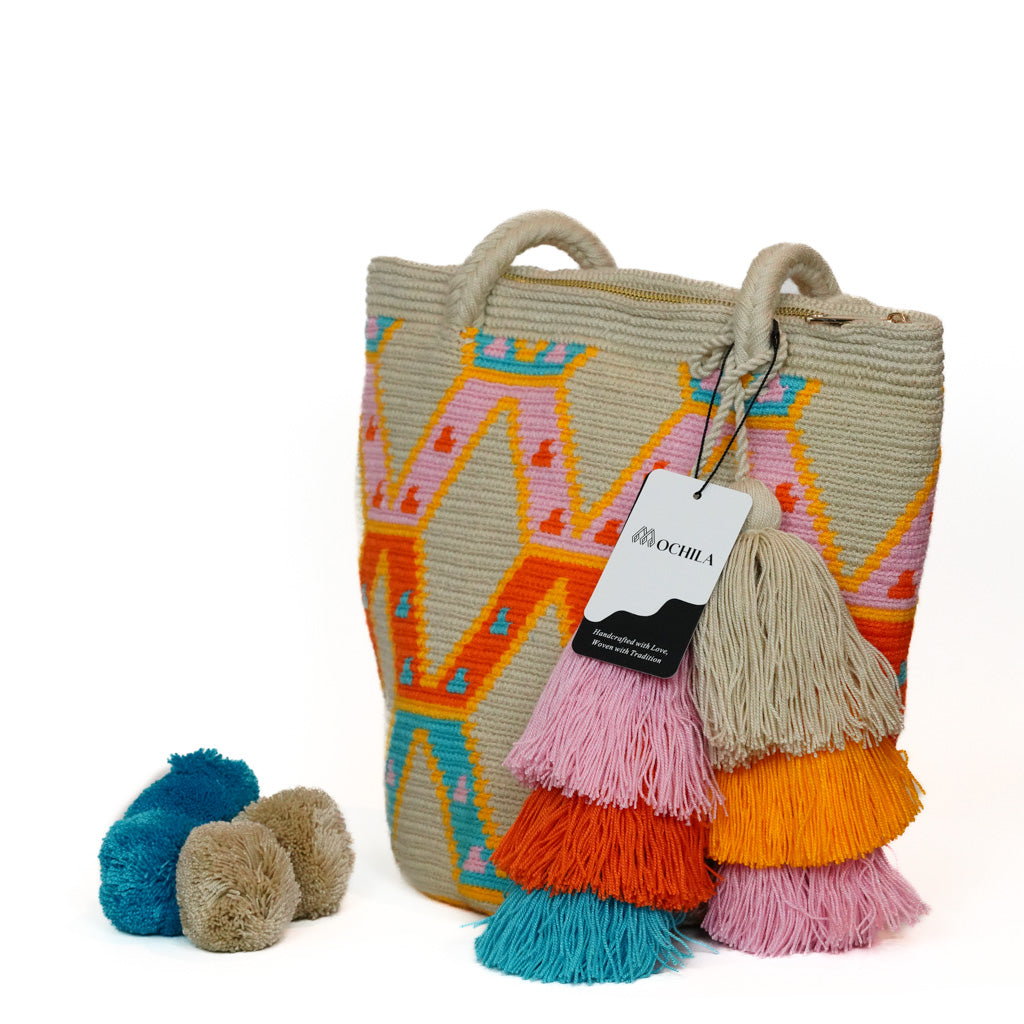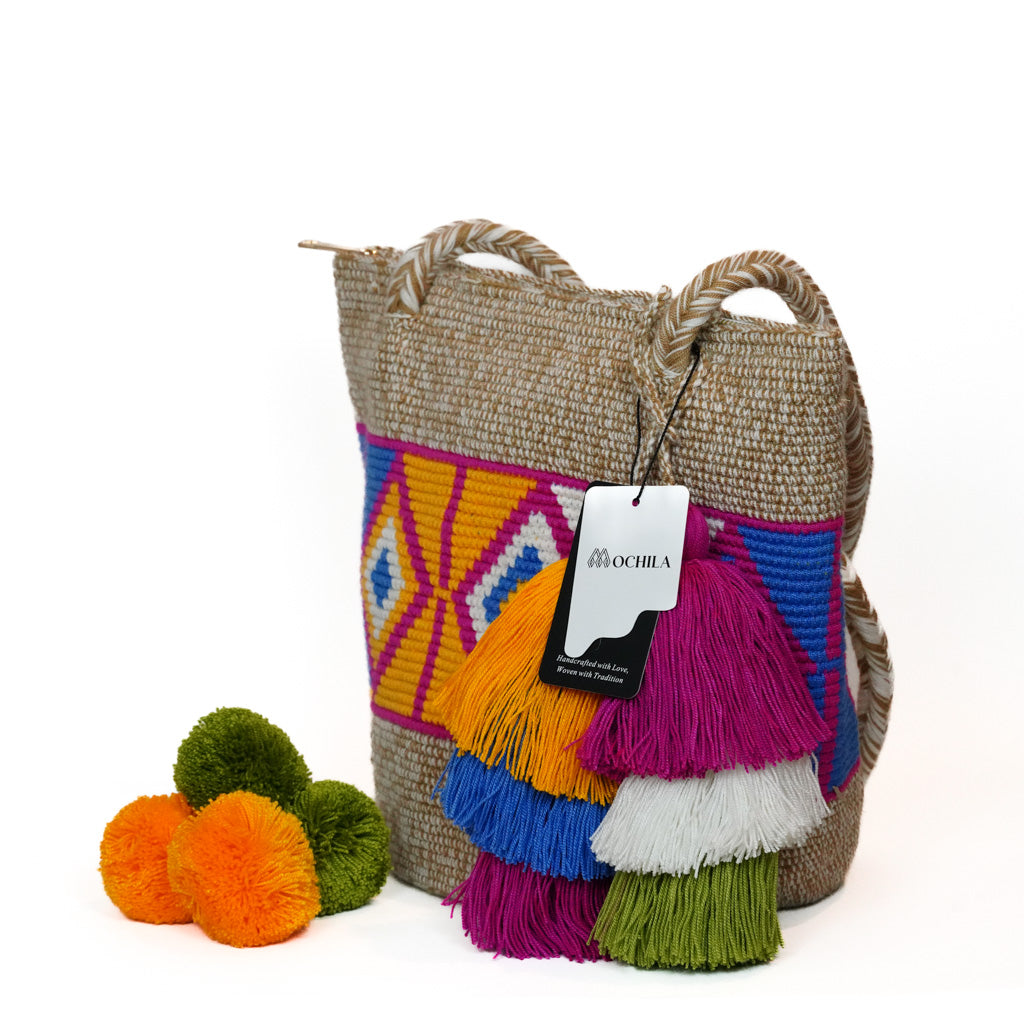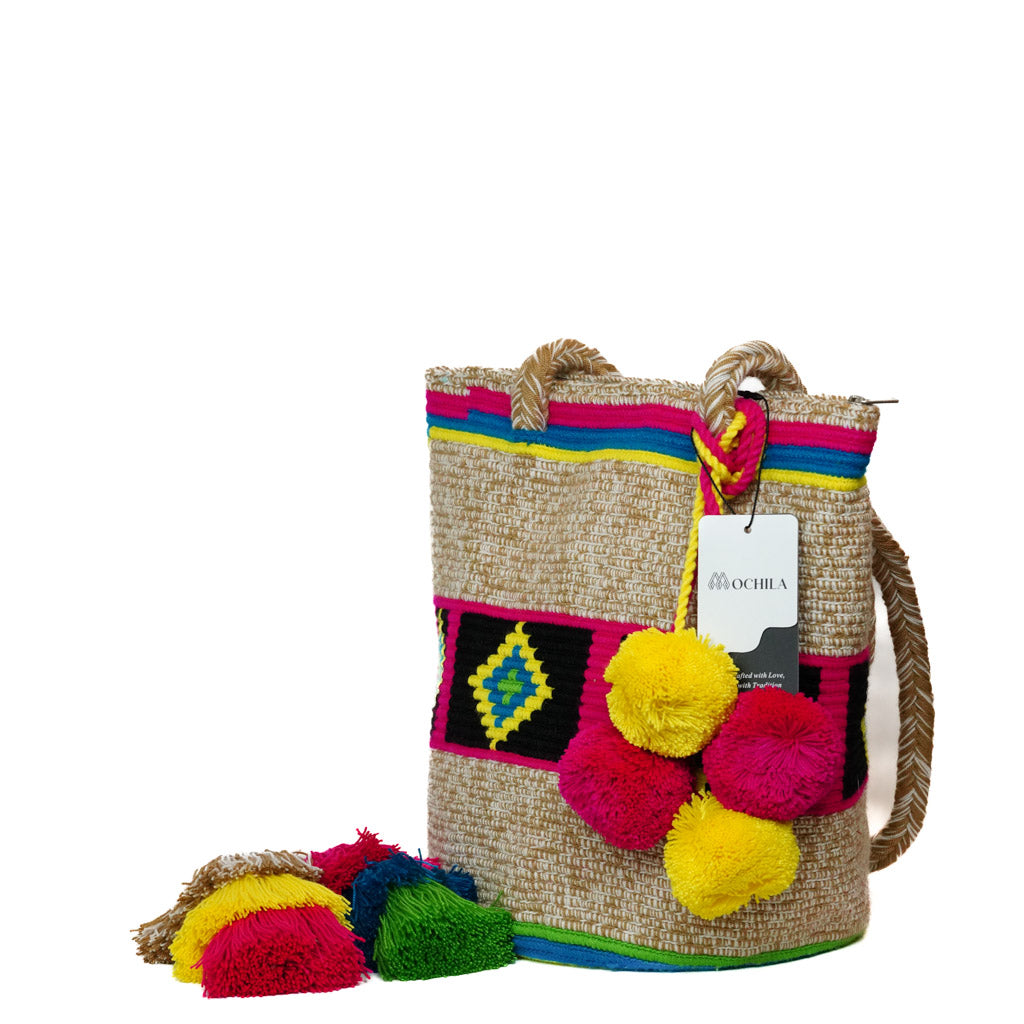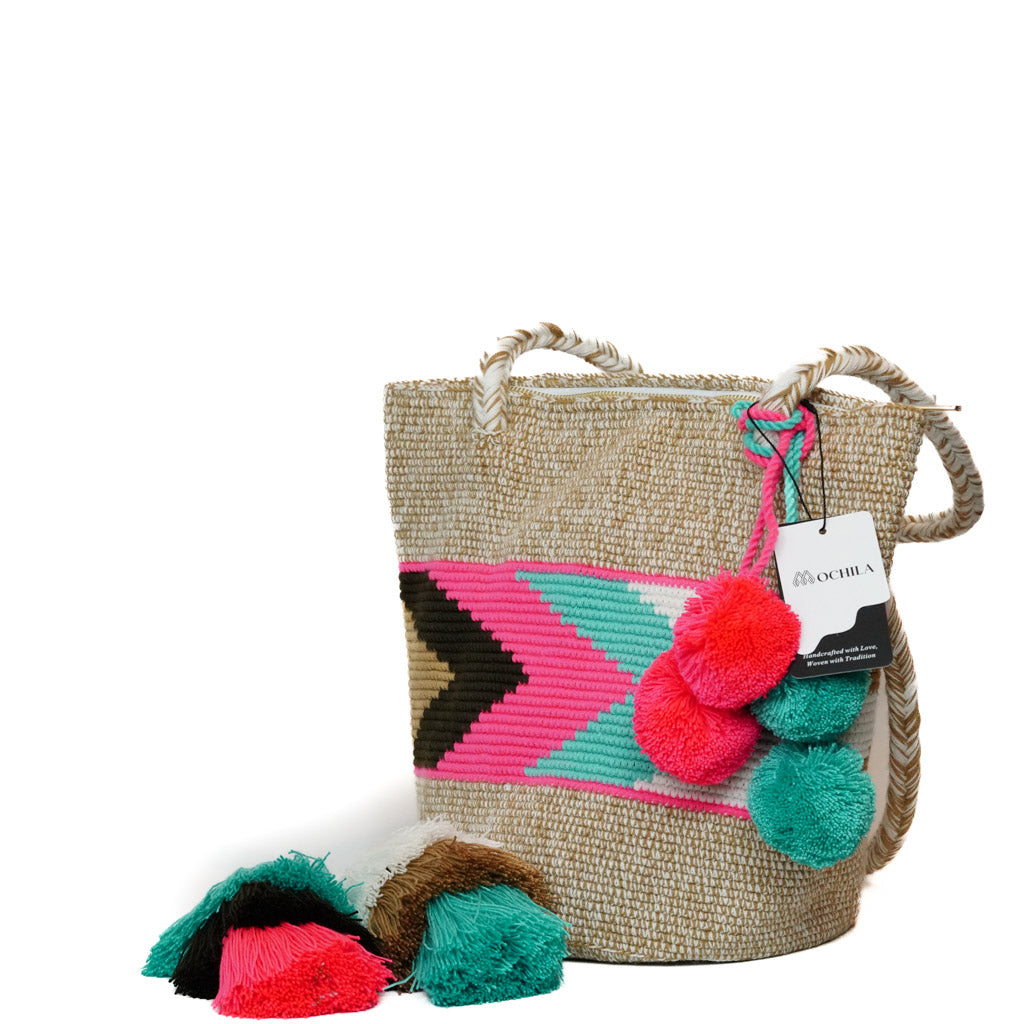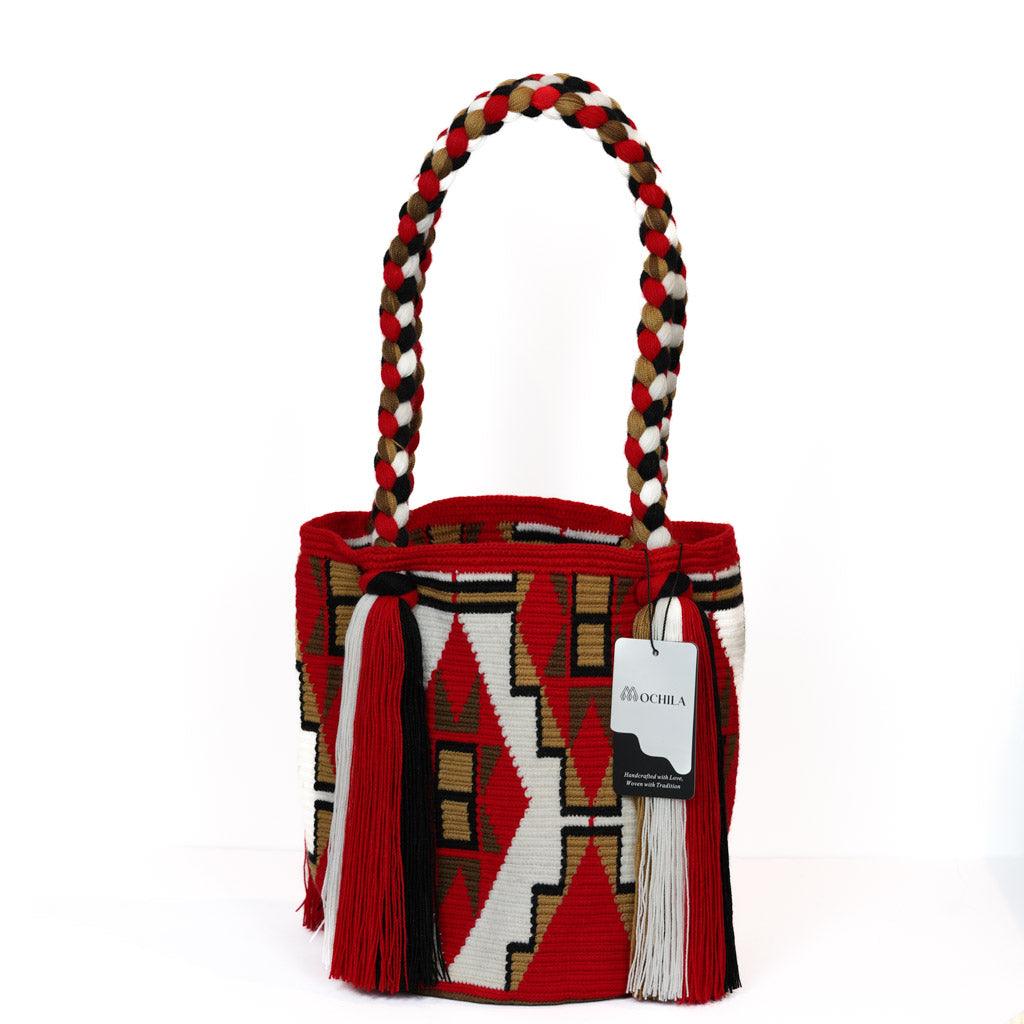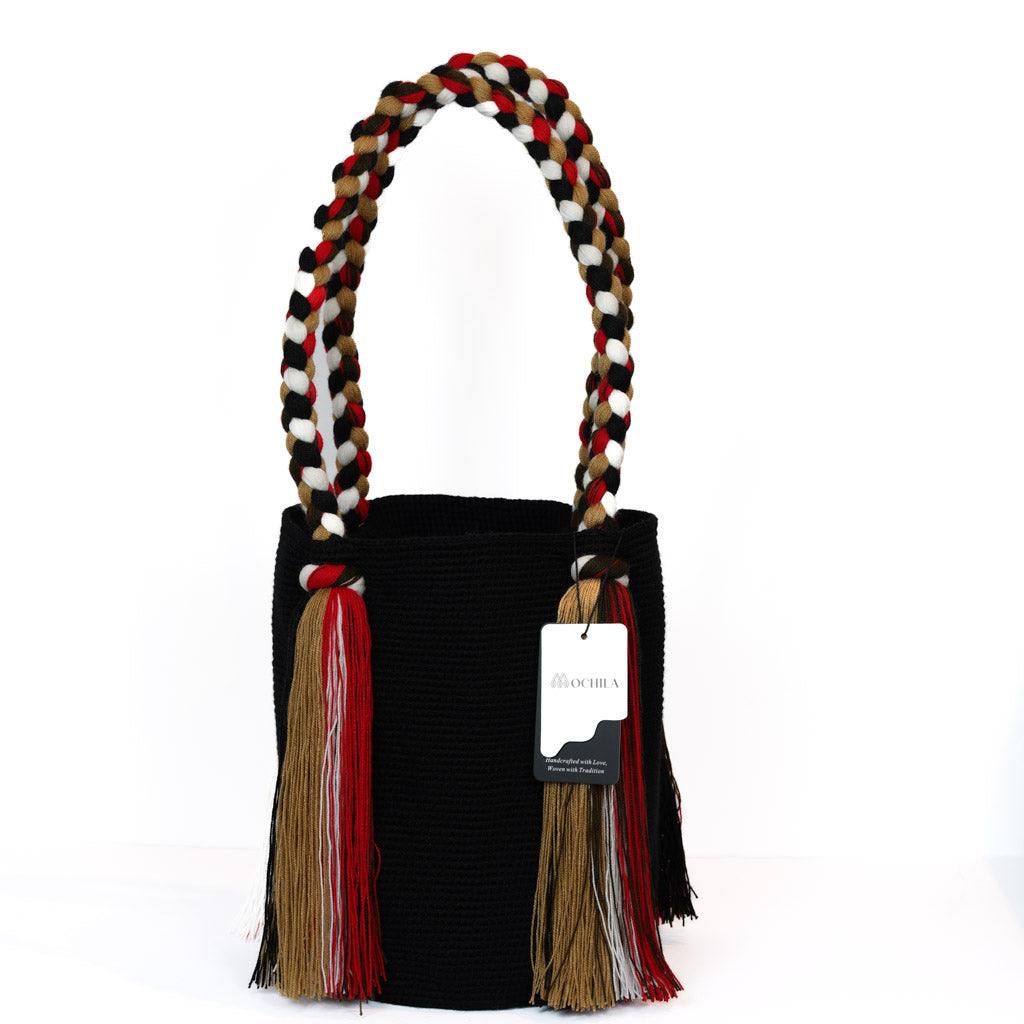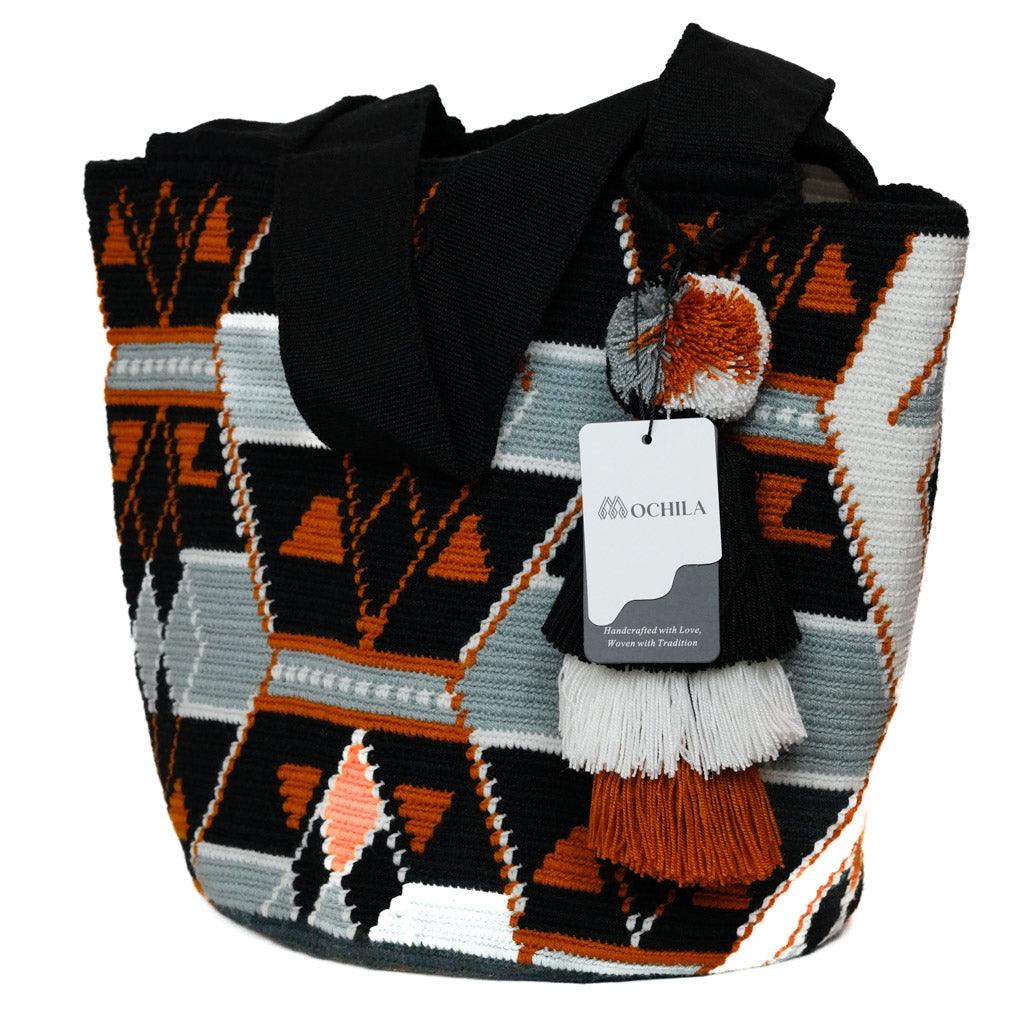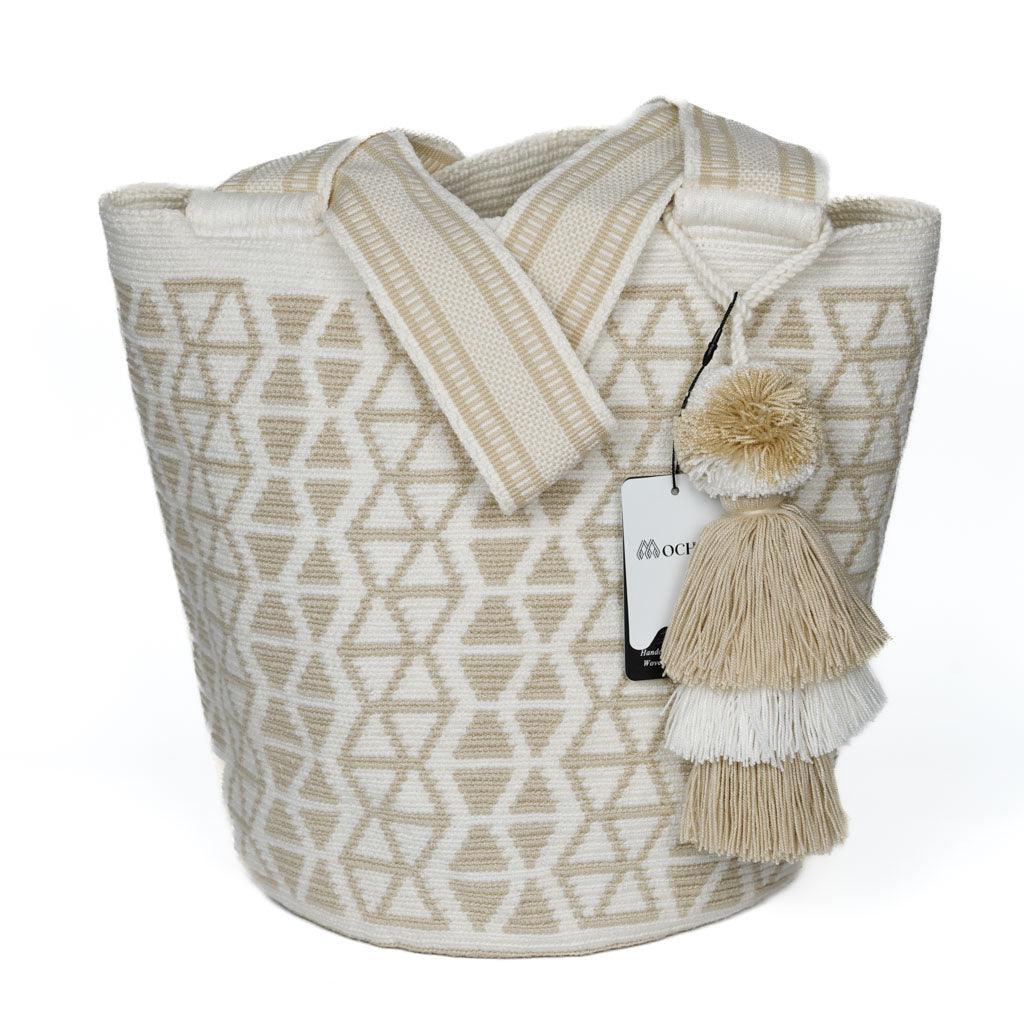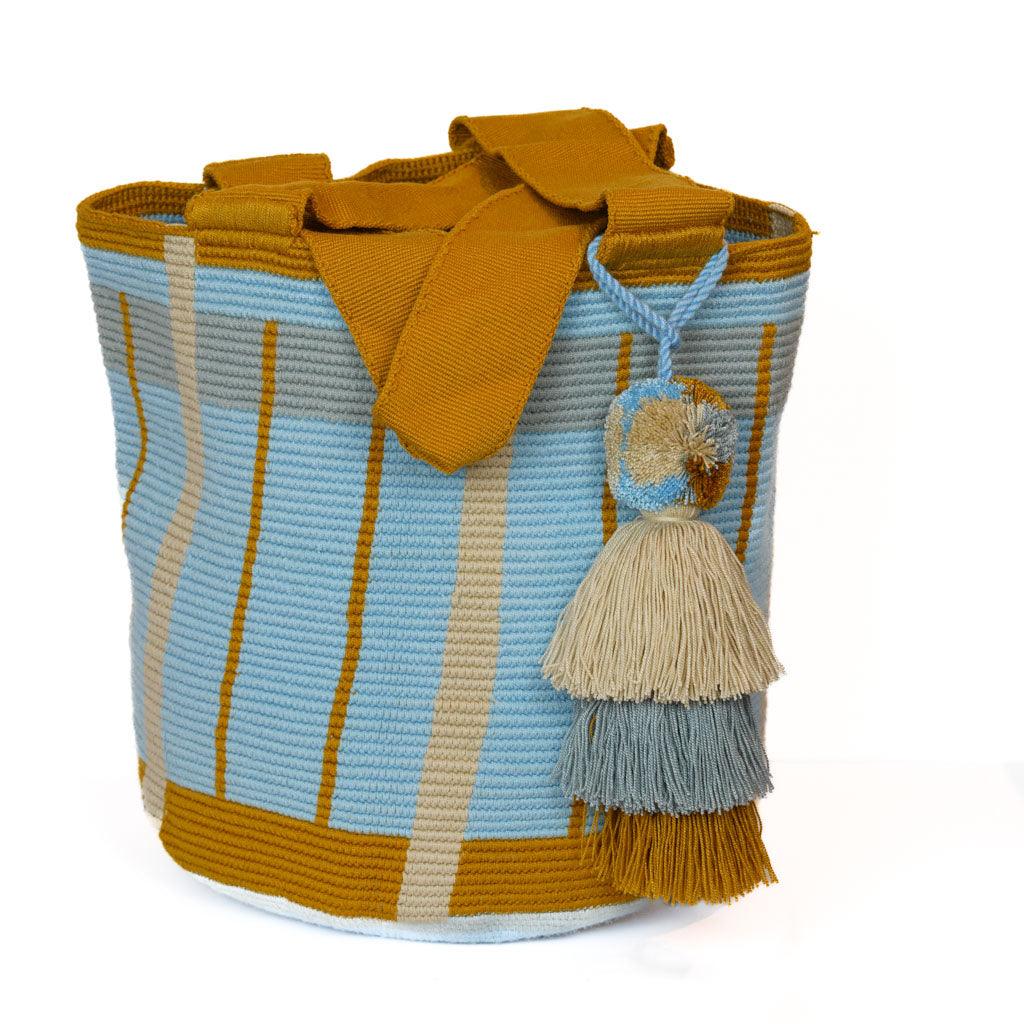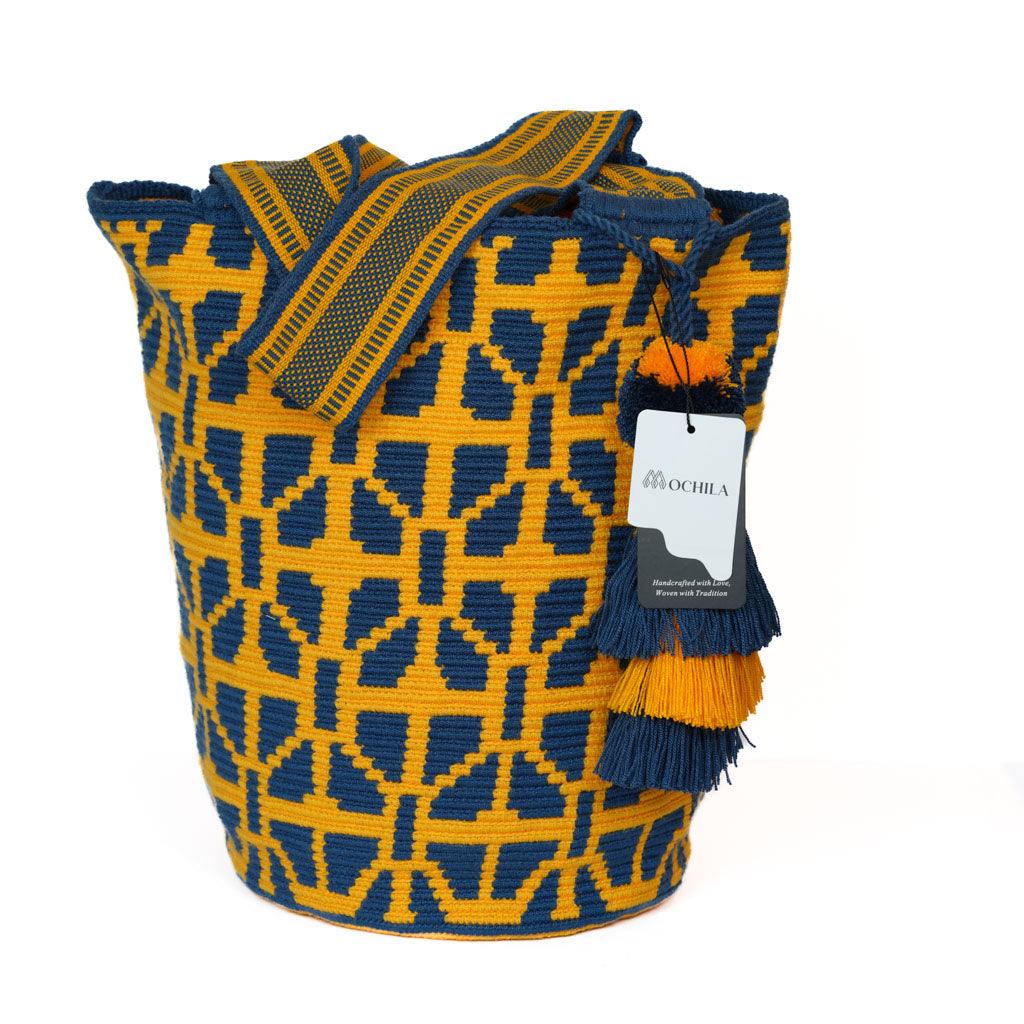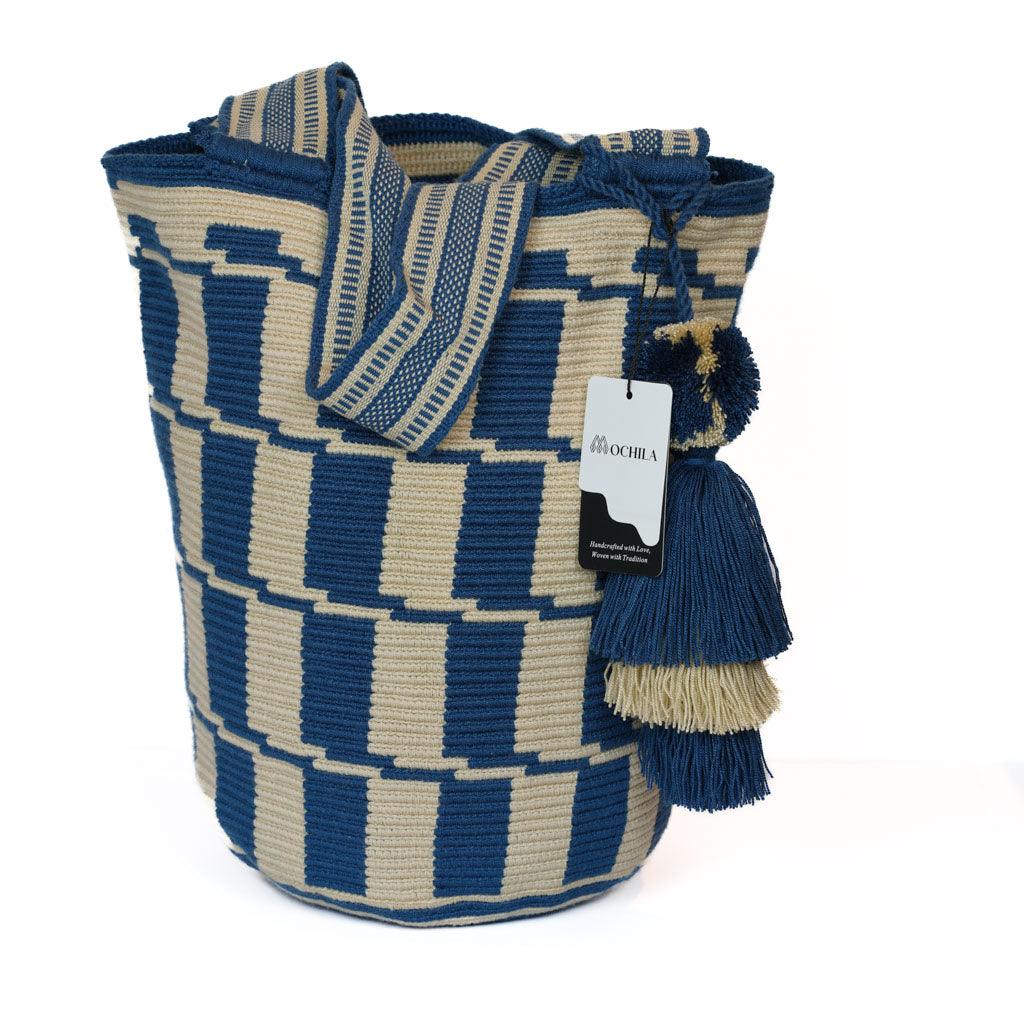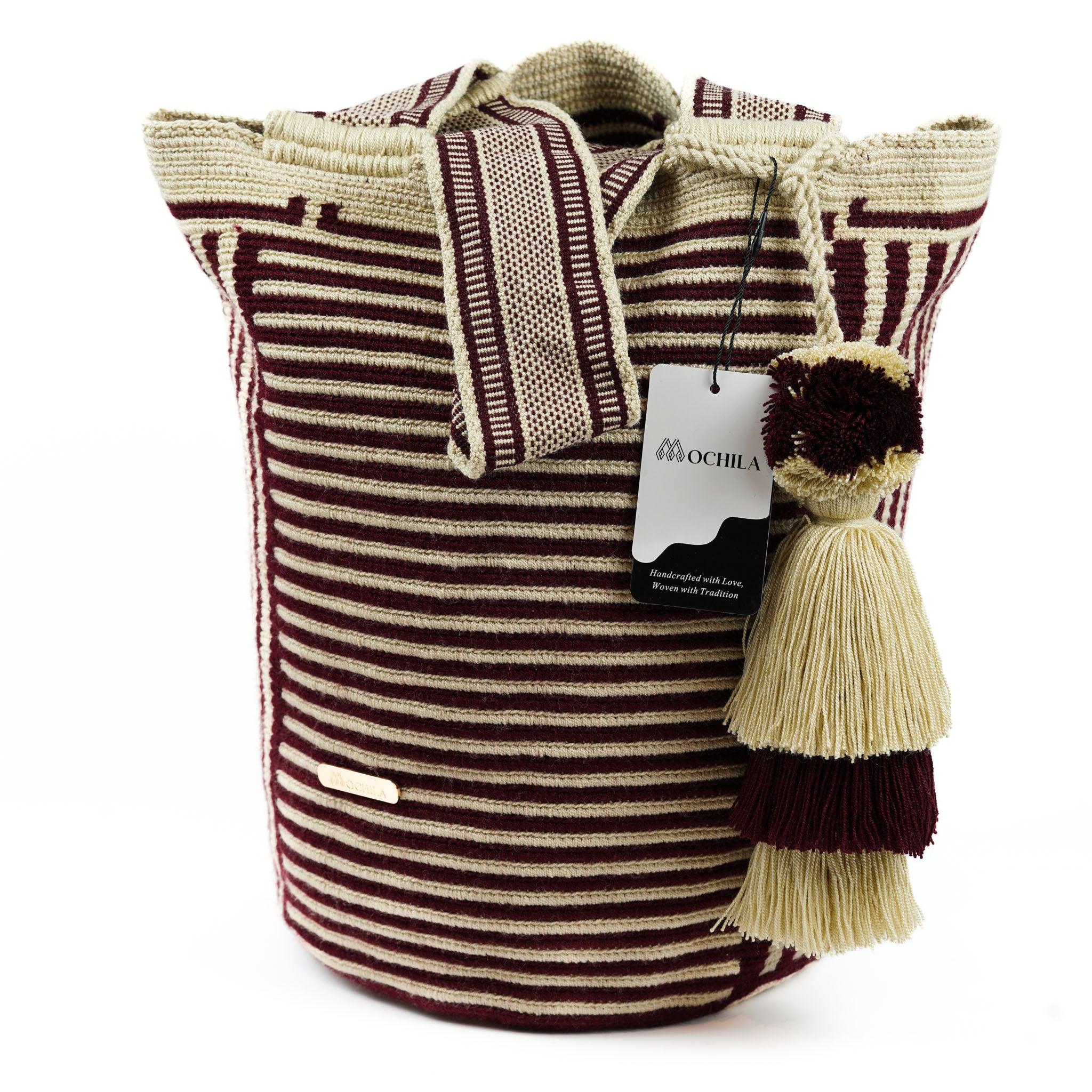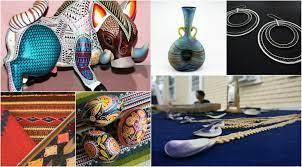
Indigenous Craftsmanship: A Closer Look
Indigenous craftsmanship is a treasure trove of cultural heritage, traditional techniques, and sustainable practices. From the intricate weaving of Wayuu bags to the detailed beadwork of Maasai jewelry, indigenous crafts offer a unique blend of artistry and cultural significance. In this blog post, we'll take a closer look at the value and importance of indigenous craftsmanship.
The Skills Passed Down Through Generations
Indigenous crafts often involve techniques that have been passed down through generations. These skills are not just a means of production but a way of preserving cultural identity and history.
Sustainability at Its Core
Many indigenous crafts utilize locally sourced, natural materials, making them inherently sustainable. For example, Wayuu bags are often made from natural cotton, dyed with organic colors.
Cultural Storytelling
Indigenous crafts often serve as a form of storytelling. The patterns, colors, and designs can represent historical events, myths, or aspects of daily life, making each item a piece of living history.
Economic Empowerment
Indigenous craftsmanship provides a vital source of income for many communities. By purchasing these crafts, you're directly supporting artisans and contributing to the economic well-being of their communities.
The Challenges Facing Indigenous Craftsmanship
-
Globalization: The spread of mass-produced items can overshadow indigenous crafts, making it harder for artisans to compete.
-
Cultural Appropriation: The misuse or appropriation of indigenous designs by mainstream brands can dilute the cultural significance of these crafts.
-
Environmental Impact: Climate change and environmental degradation can impact the availability of natural materials used in indigenous crafts.
How to Support Indigenous Craftsmanship
-
Buy Directly: Whenever possible, buy directly from indigenous artisans or through Fair Trade organizations.
-
Educate Yourself: Learn about the cultural significance of the items you're purchasing.
-
Spread the Word: Use your platform to educate others about the value and importance of indigenous craftsmanship.
Conclusion
Indigenous craftsmanship is a rich tapestry of skill, culture, and tradition. By understanding and appreciating the value of these crafts, we can contribute to their preservation and celebrate the diverse cultures they represent.
Shop Our Collections

Crossbody Bag Mochilas
Discover the enchanting array of Crossbody bag Mochilas in our collection, each meticulously handwoven by skilled Colombian artisans. ... These large, spacious bags seamlessly combine timeless traditional crafting techniques with contemporary design aesthetics, presenting a stylish statement piece imbued with rich history and flair. Every Crossbody bag Mochila in our collection is a testament to vibrant colors and expressive cultural narratives, each meticulously interwoven into the fabric of the bag, bringing life and style to your wardrobe. Dive into the diverse and colorful world of our Crossbody bag Mochila, where each piece tells a unique story of Colombian heritage and craftsmanship. Whether you're looking for a practical companion for your everyday adventures or a standout accessory to elevate your style, our Crossbody bag Mochila collection offers a wide range of options to suit your individual needs and tastes. Browse through our selection and find the perfect Crossbody bag Mochila that resonates with your sense of style and adds a touch of Colombian spirit to your ensemble.
Featured collection

Womens Handbags & Clutches
Discover Mochila's curated collection of Womens Handbags & Clutches, where sophistication meets functionality. ... Each piece in this collection is thoughtfully designed for the modern woman, blending timeless elegance with practical utility. From versatile Crossbody Handbags that transition seamlessly from day to night, to the chic statement Designer Clutches perfect for special occasions, Mochila ensures every woman finds her perfect match. Crafted with the finest materials and impeccable attention to detail, our handbags stand out not just for their beauty, but also their durability. Dive into a world where fashion meets function, and elevate your everyday style with Mochila's exquisite range of Womens Handbags & Clutches.
Featured collection

Tote Bag Mochilas
Welcome to our splendid assortment of Tote Bag Mochilas, a harmonious blend of elegance and tradition. ... Each handwoven treasure is crafted meticulously by proficient Wayuu artisans, reflecting the epitome of craftsmanship and the rich cultural heritage of Colombia. Elevate your fashion ensemble with a touch of Colombian artistry encapsulated in our Tote Bag Mochilas, and craft your distinctive style statement. Every Tote Bag Mochila in our collection is a petite marvel, symbolizing the intricate artistry and vibrant traditions of the Wayuu people. Immerse yourself in the exquisite details and bold colors that distinguish our Tote Bag Mochilas, and select the piece that resonates with your personal aesthetic, allowing you to express your unique fashion sense on every occasion.
Featured collection

Shoulder Beach Bags
Dive into Mochila's latest collection of Handwoven Beach Bags: the Shoulder Beach Bags. Crafted with sun-soaked outings and coastal adventures in mind ... these Stylish Shoulder Bags for the Beach encapsulate the perfect balance of breezy, vibrant, and effortlessly chic. Meticulously woven with traditional craftsmanship and modern aesthetics, each bag is a testament to Mochila's dedication to quality and style. Not only are they a feast for the eyes, but their ample space ensures you have room for all your beach essentials. Designed for durability, they're the Durable Beach Totes you've been searching for. Perfect for sun, sea, and everything in between. Browse our range now and let your beach escapades be elevated with Mochila's signature touch.

